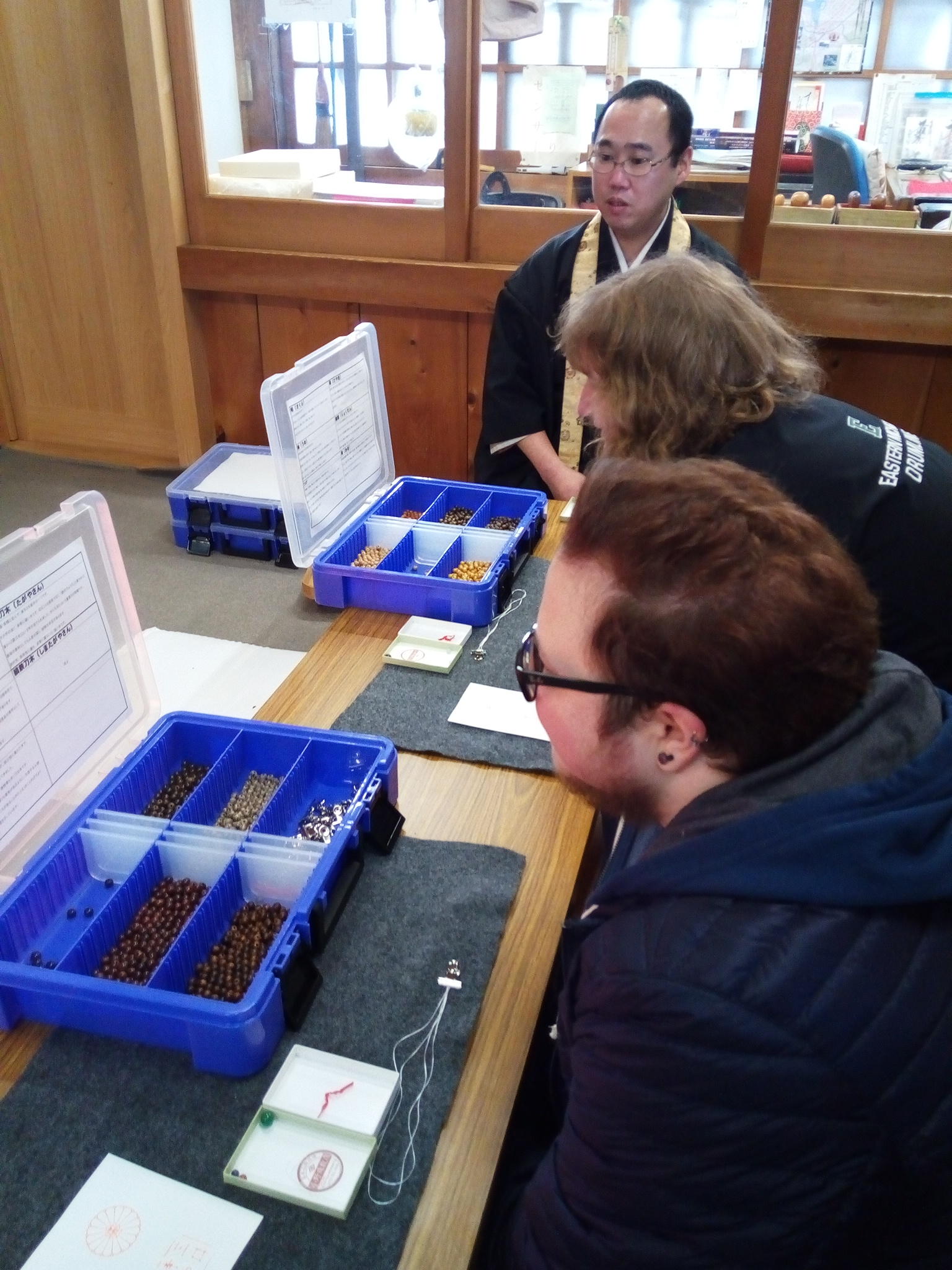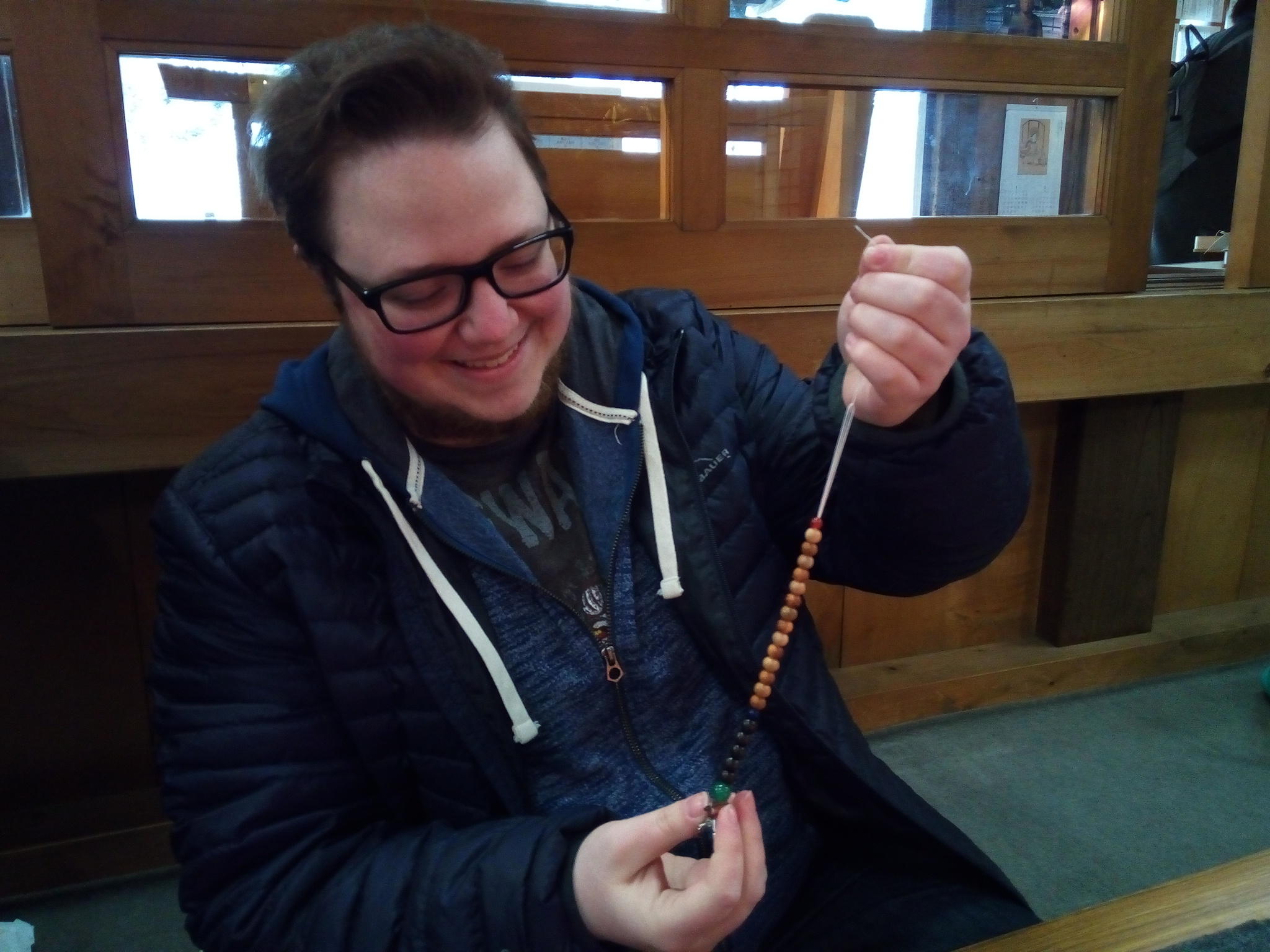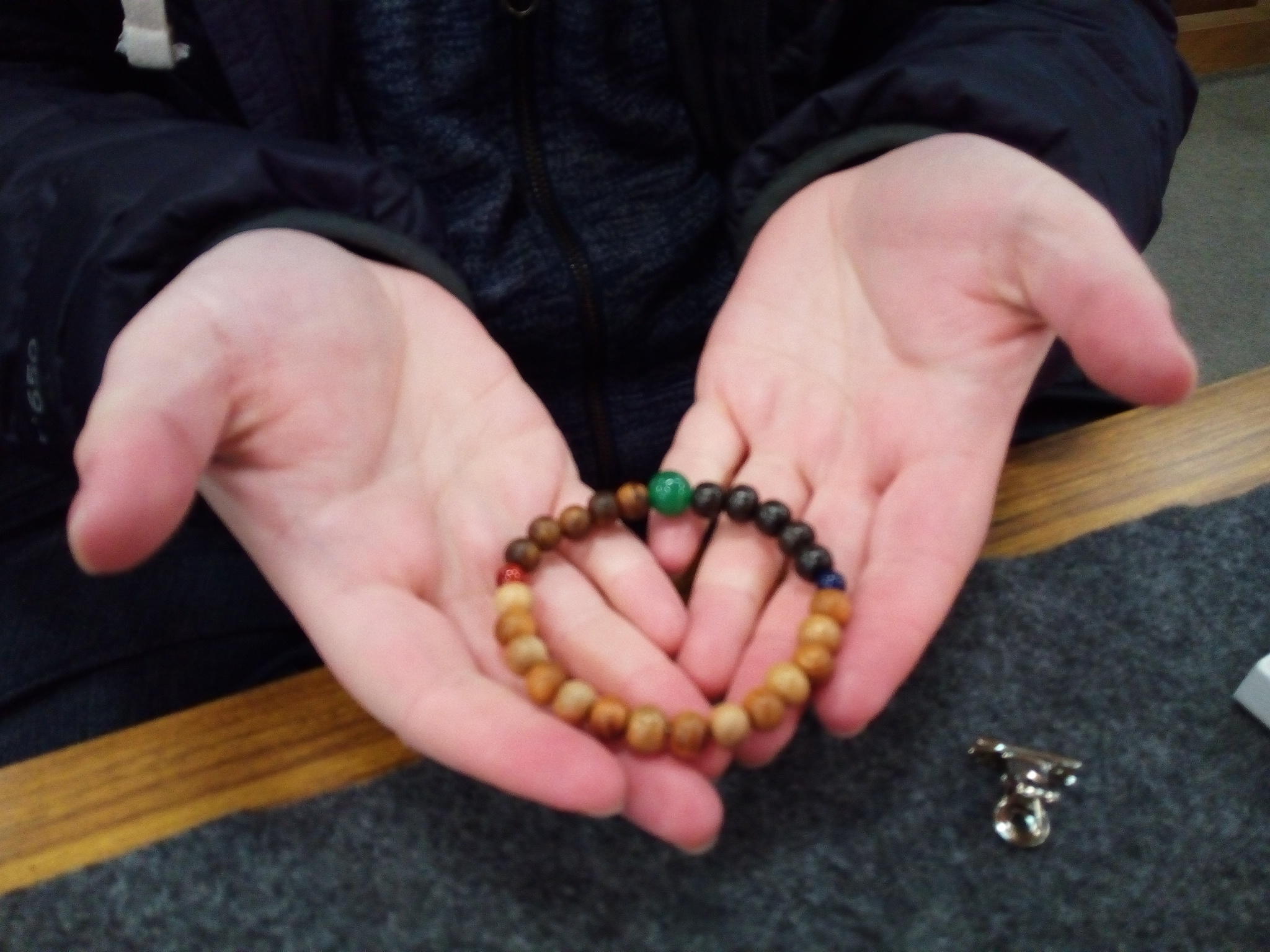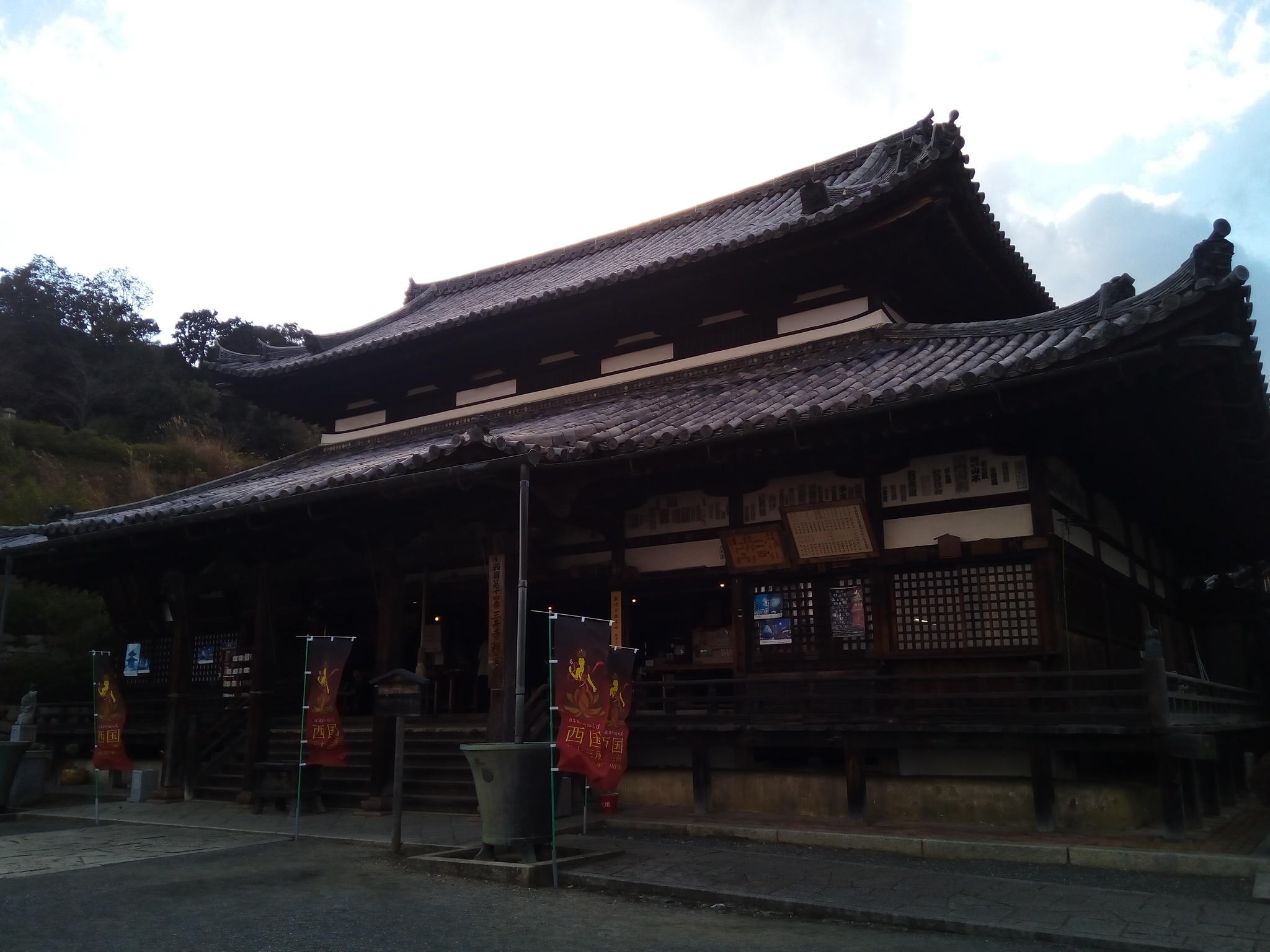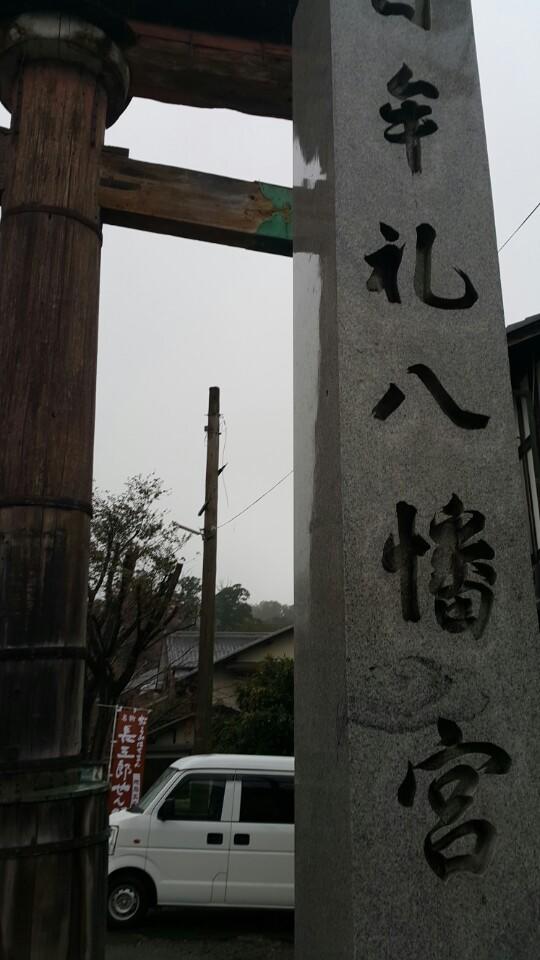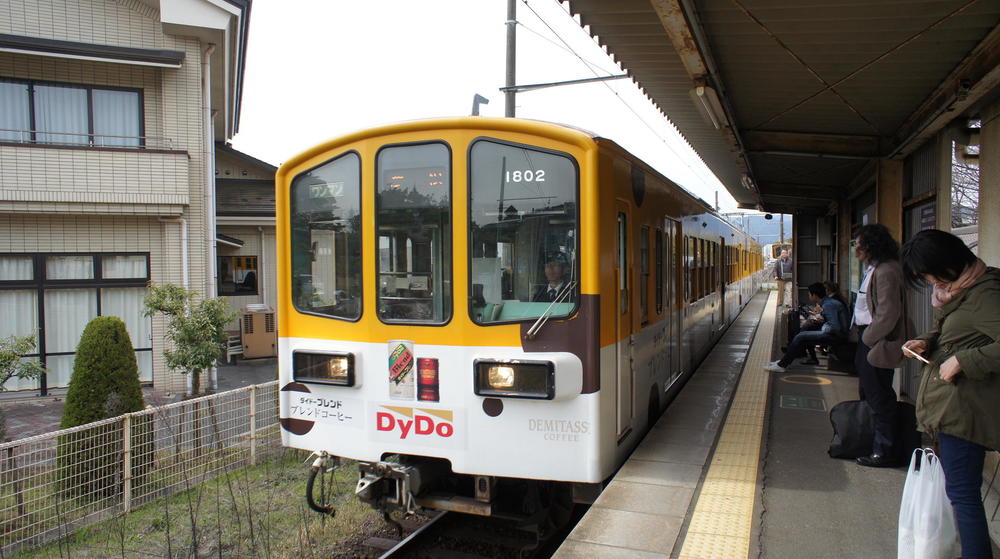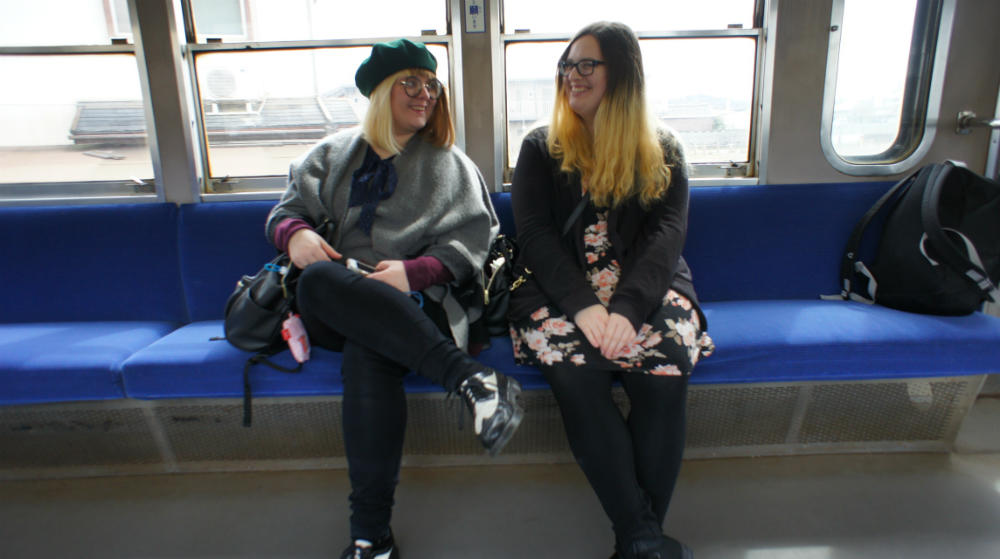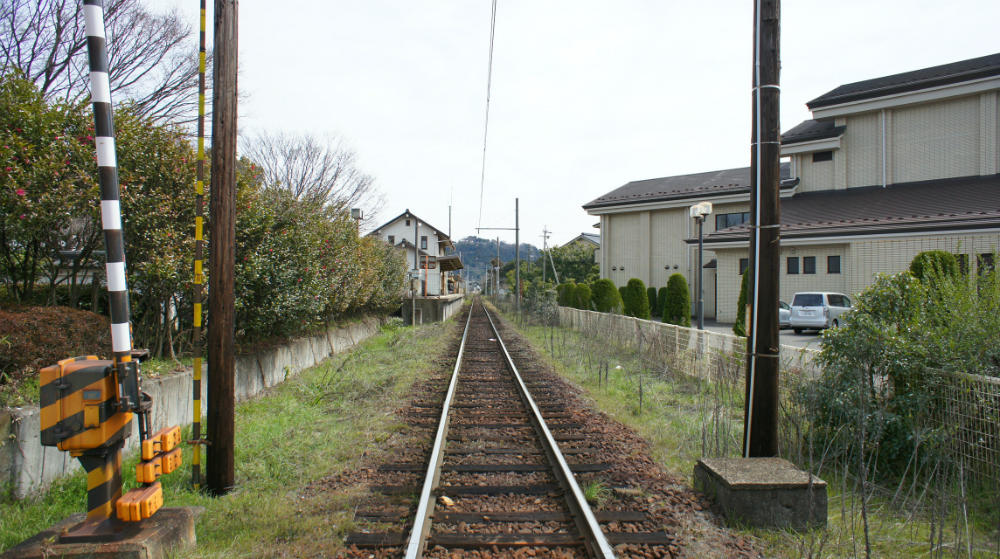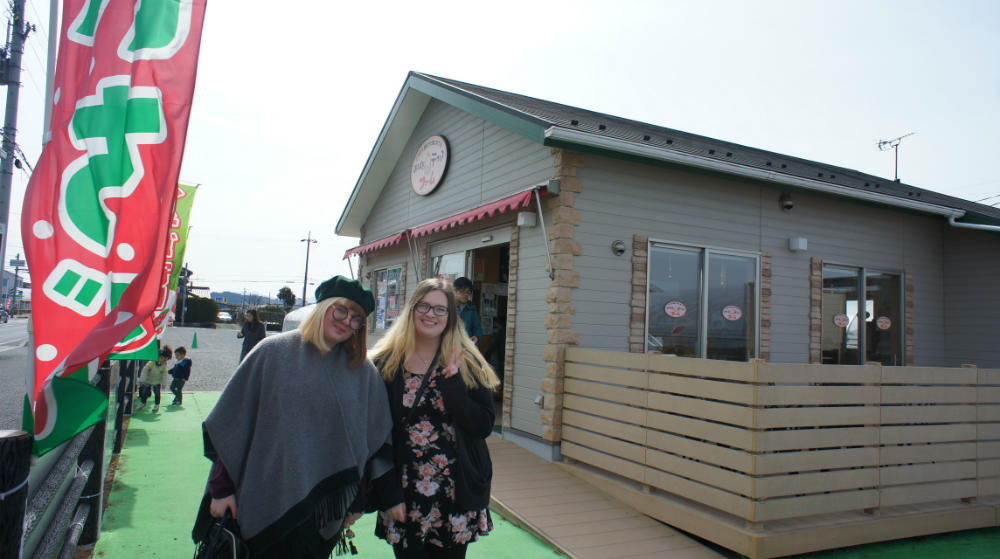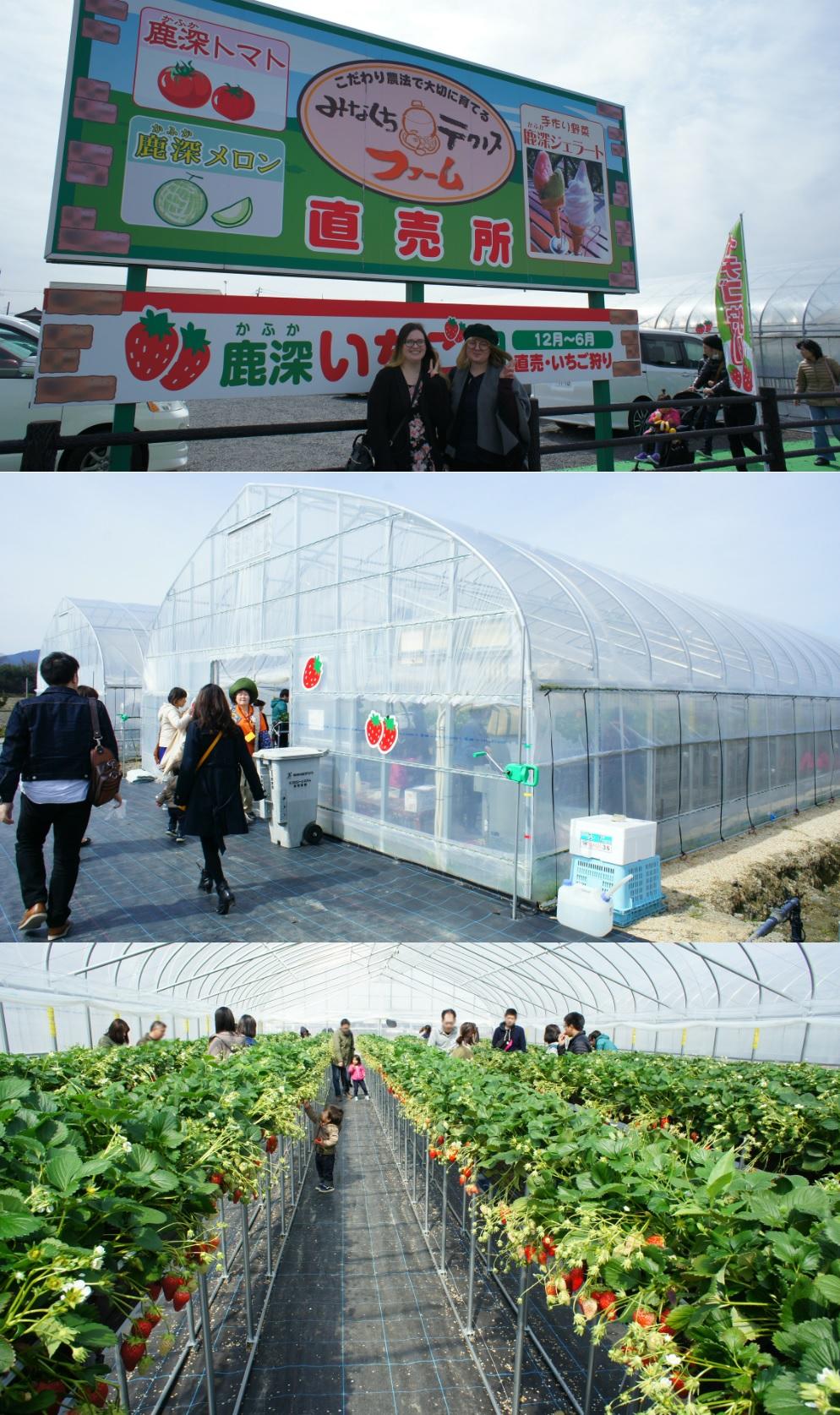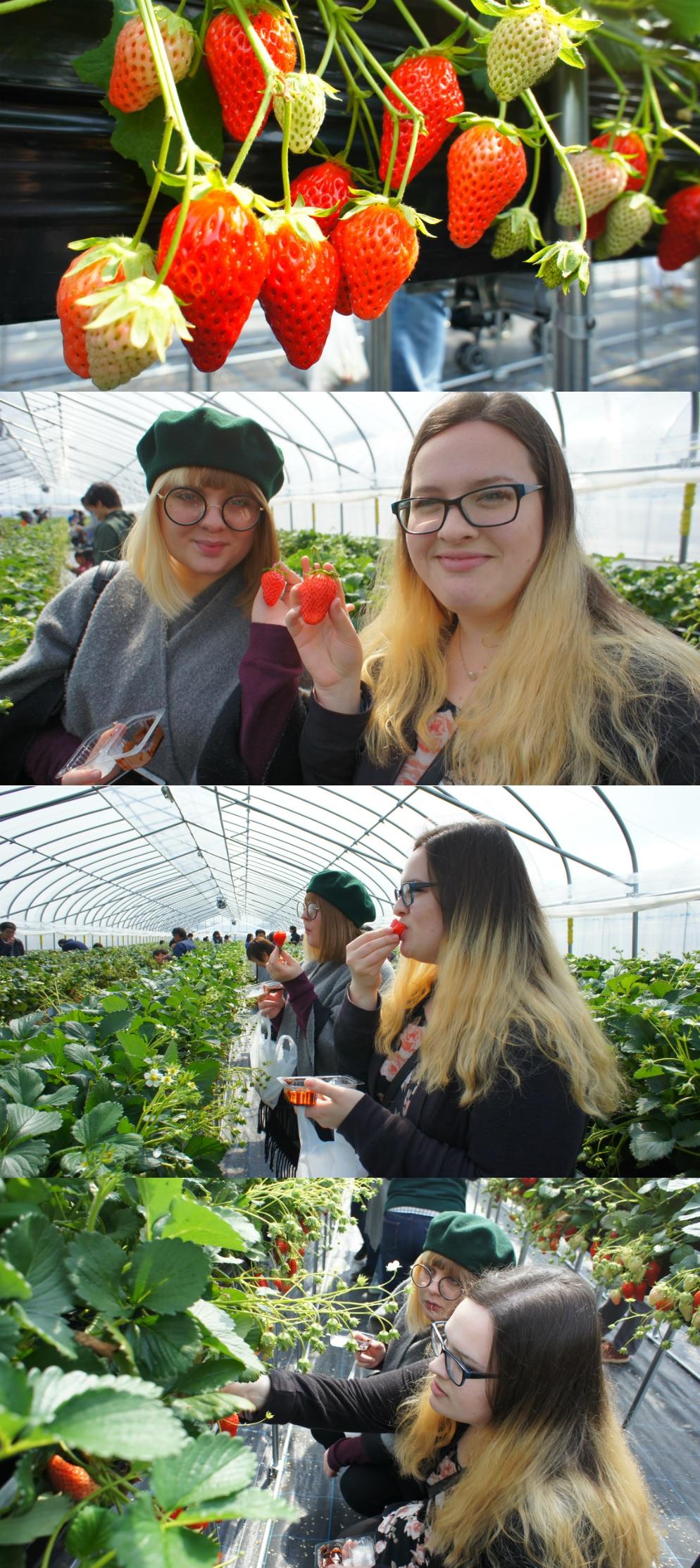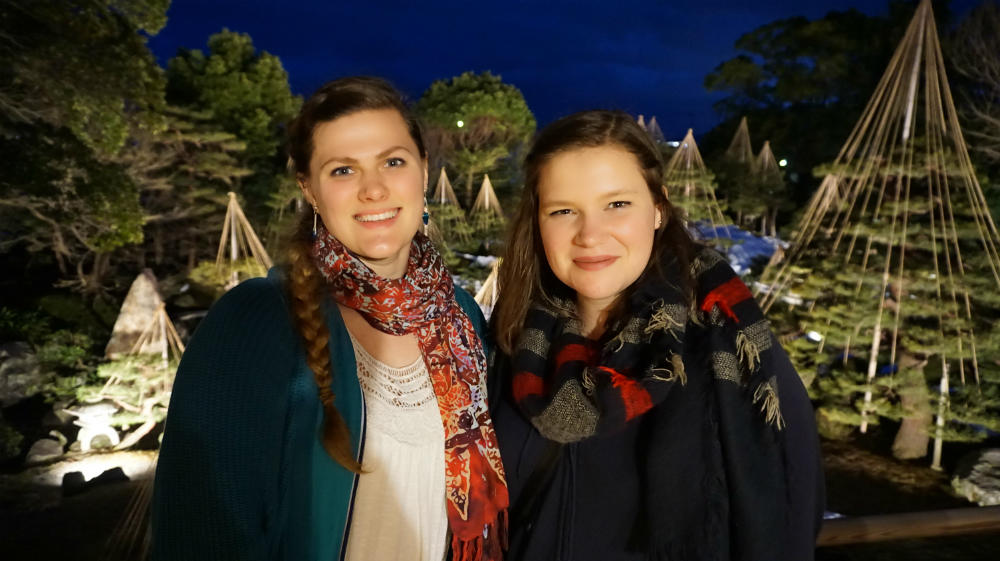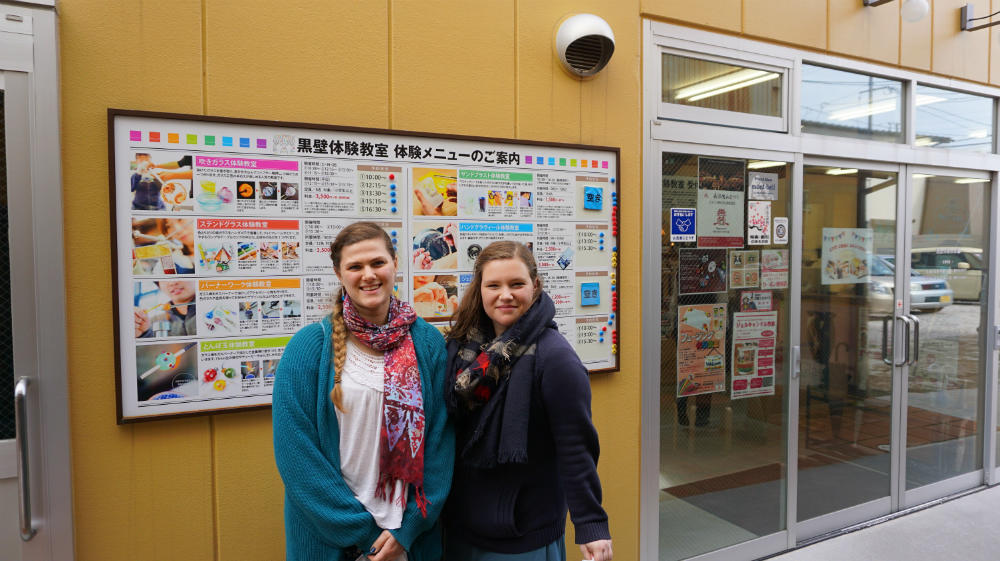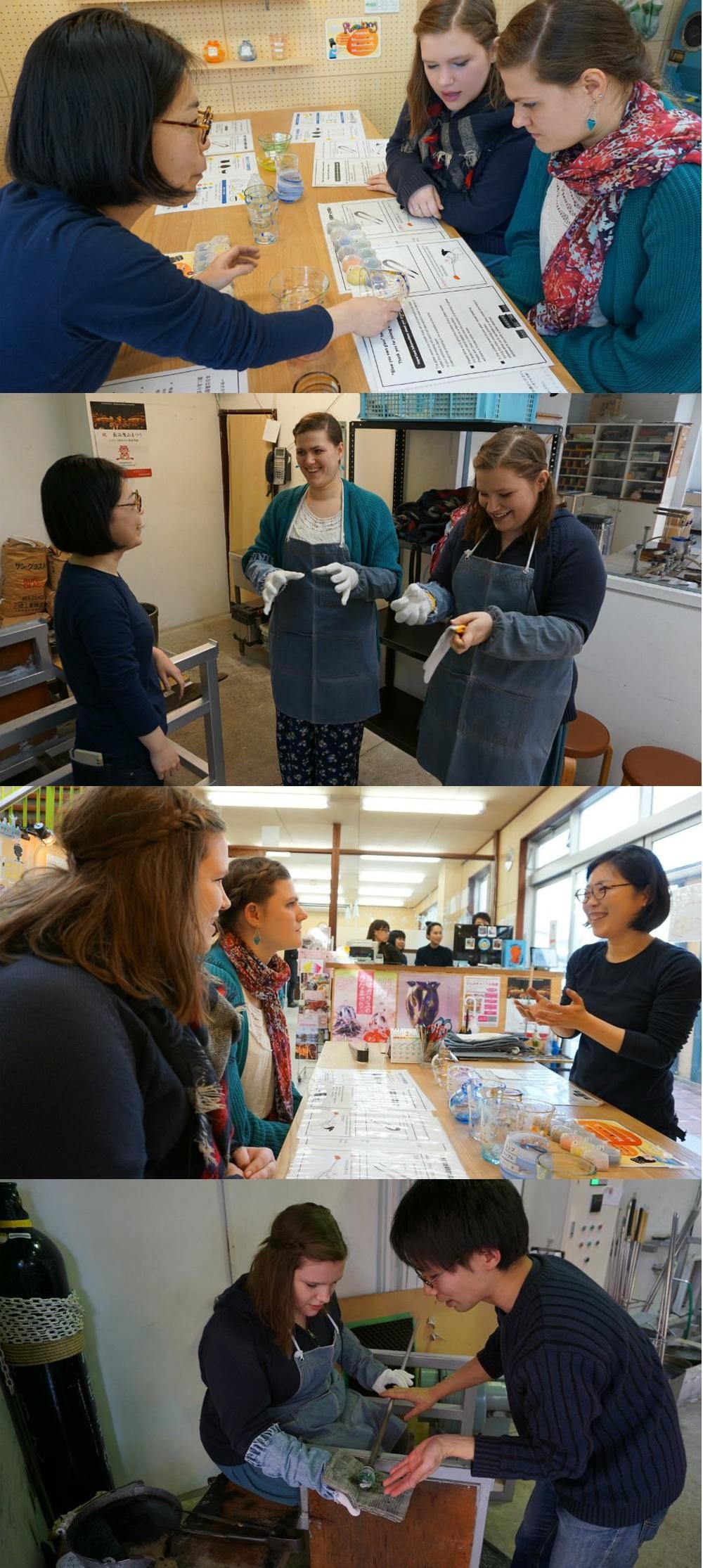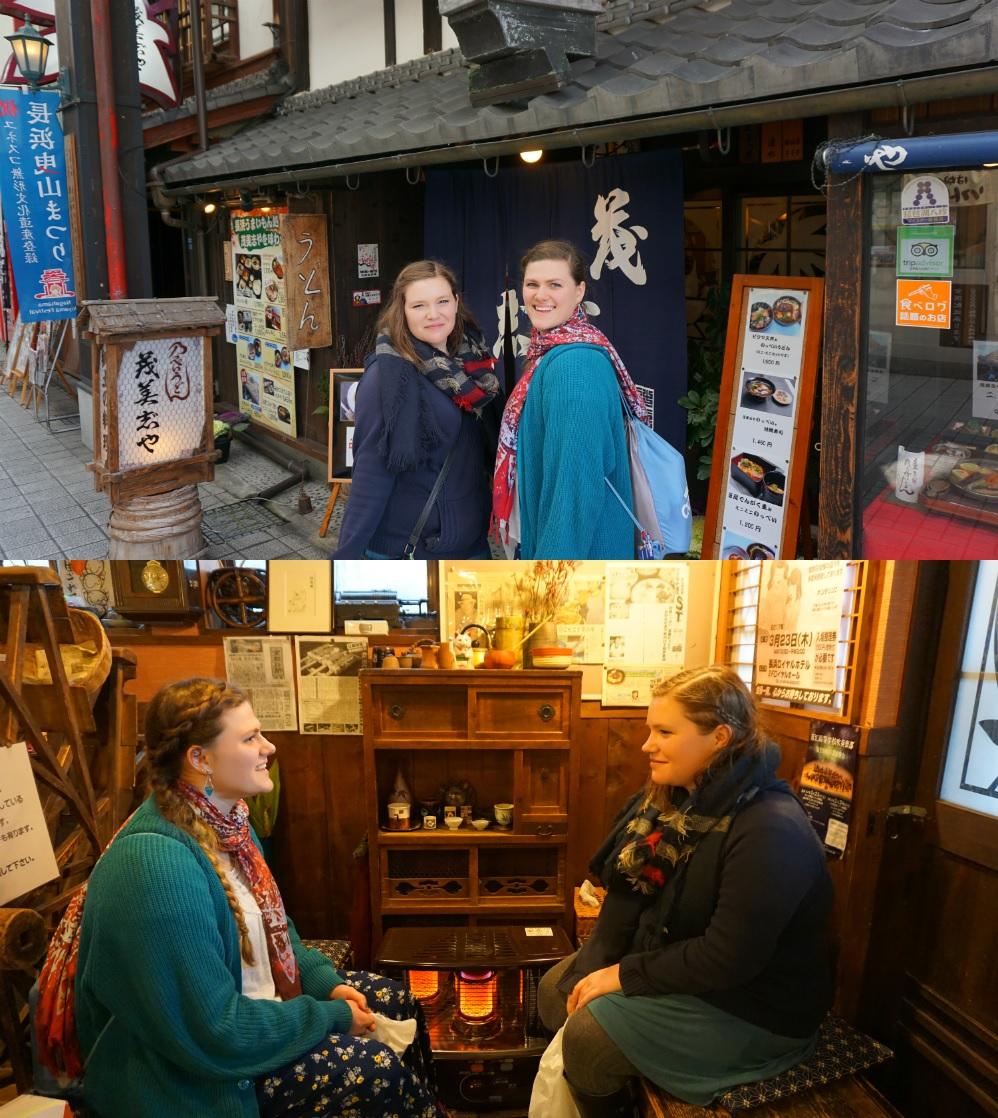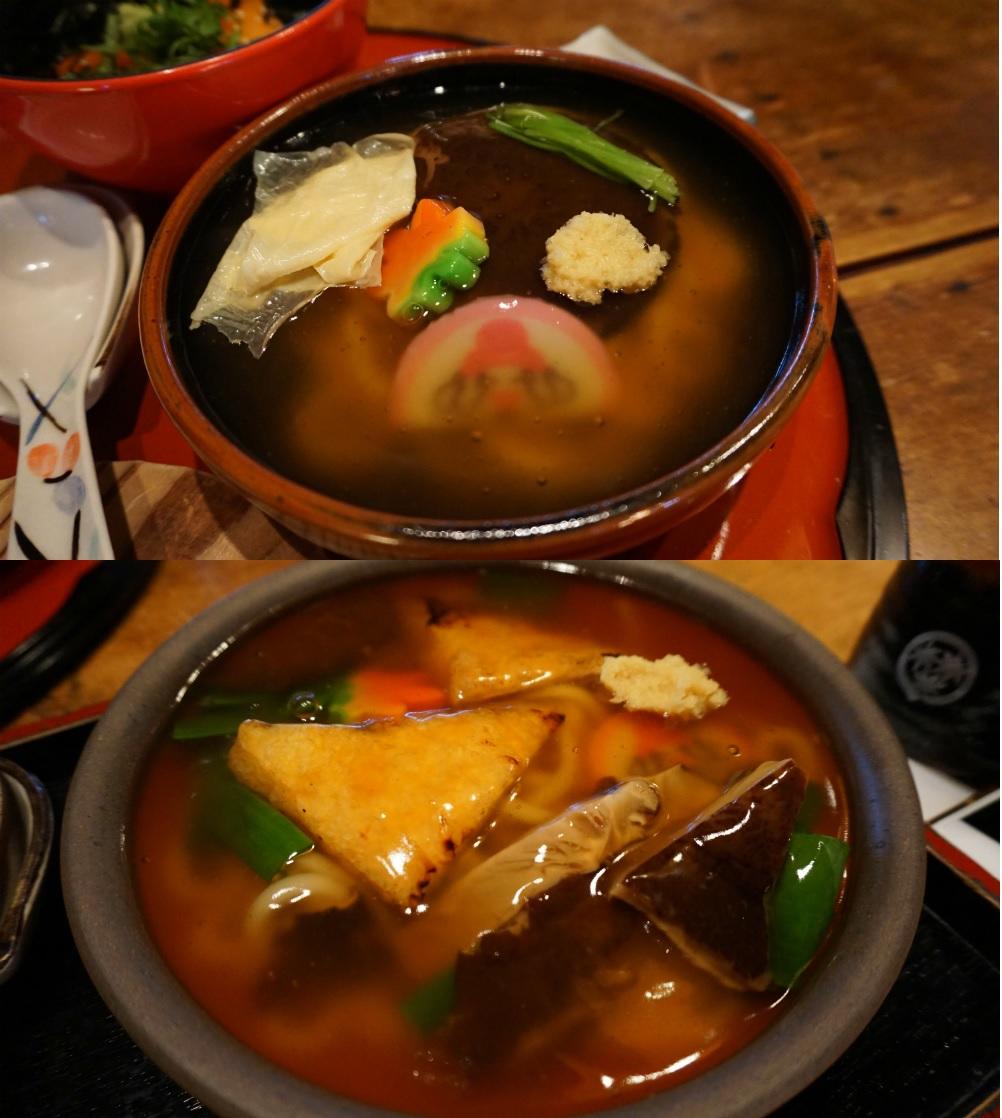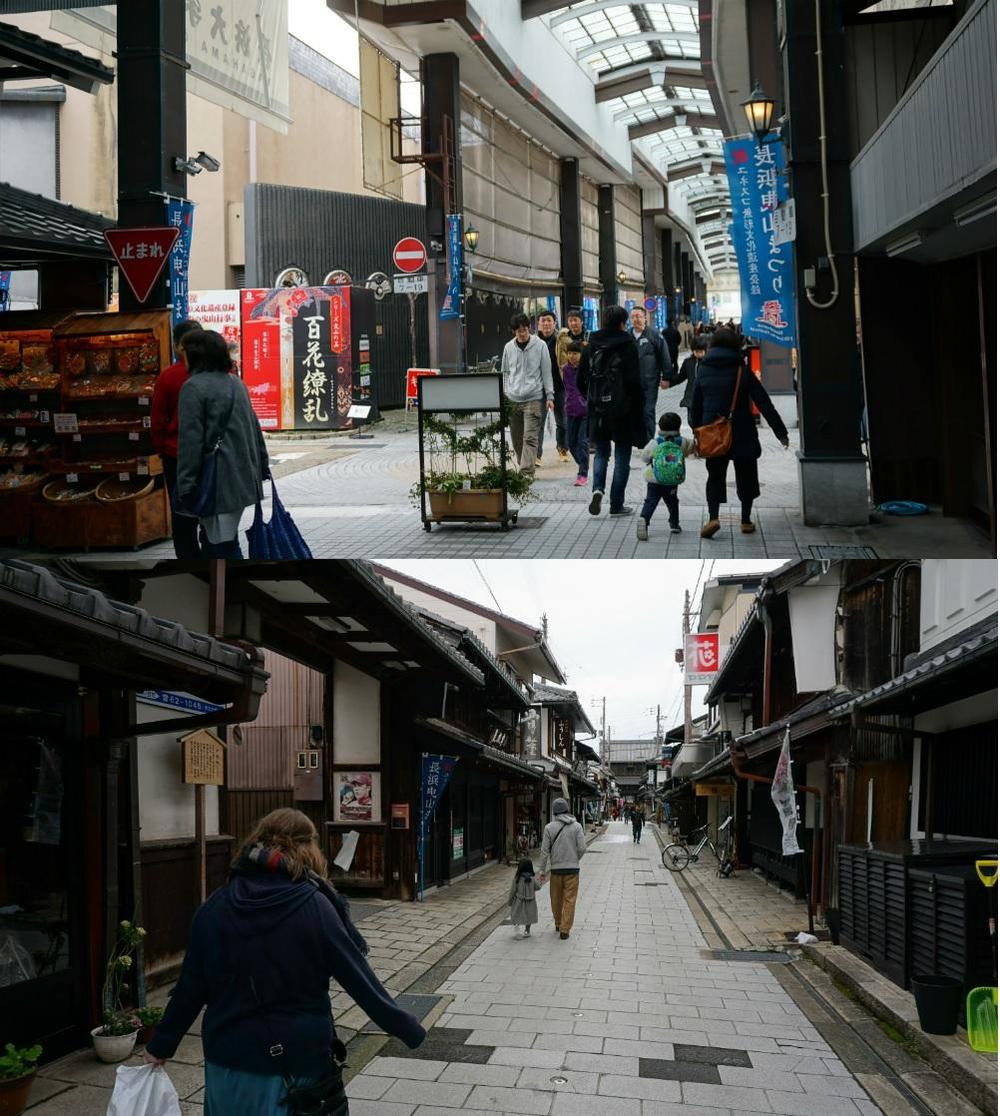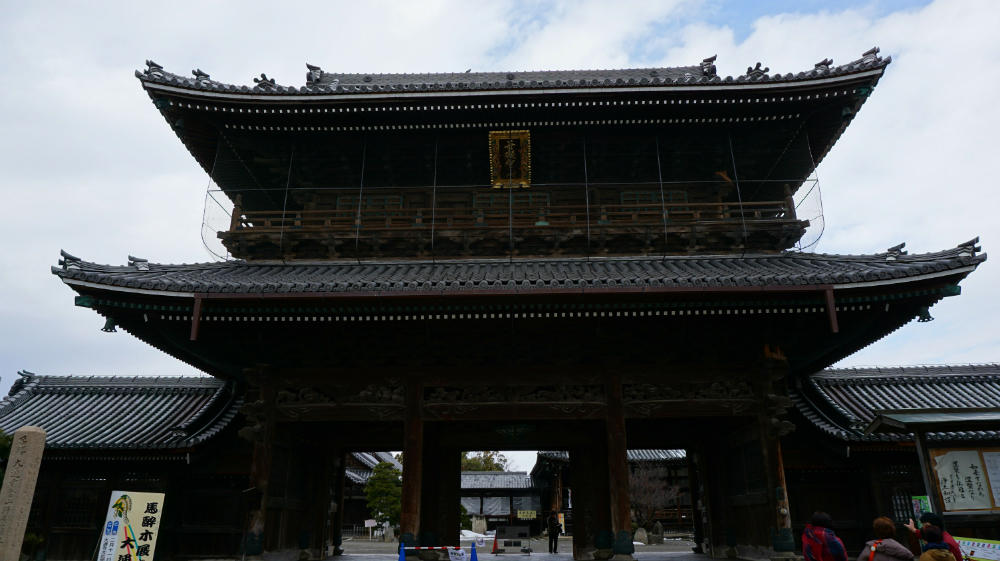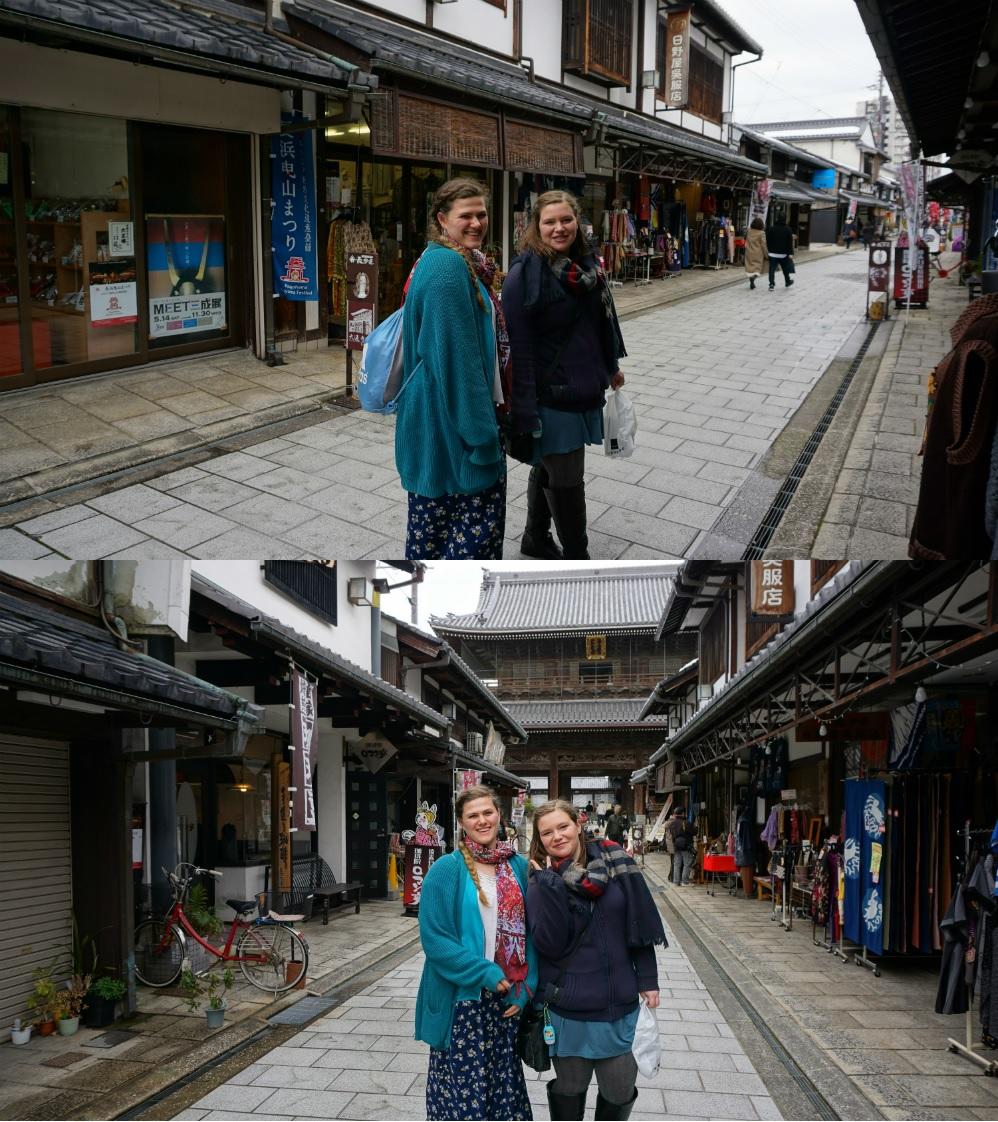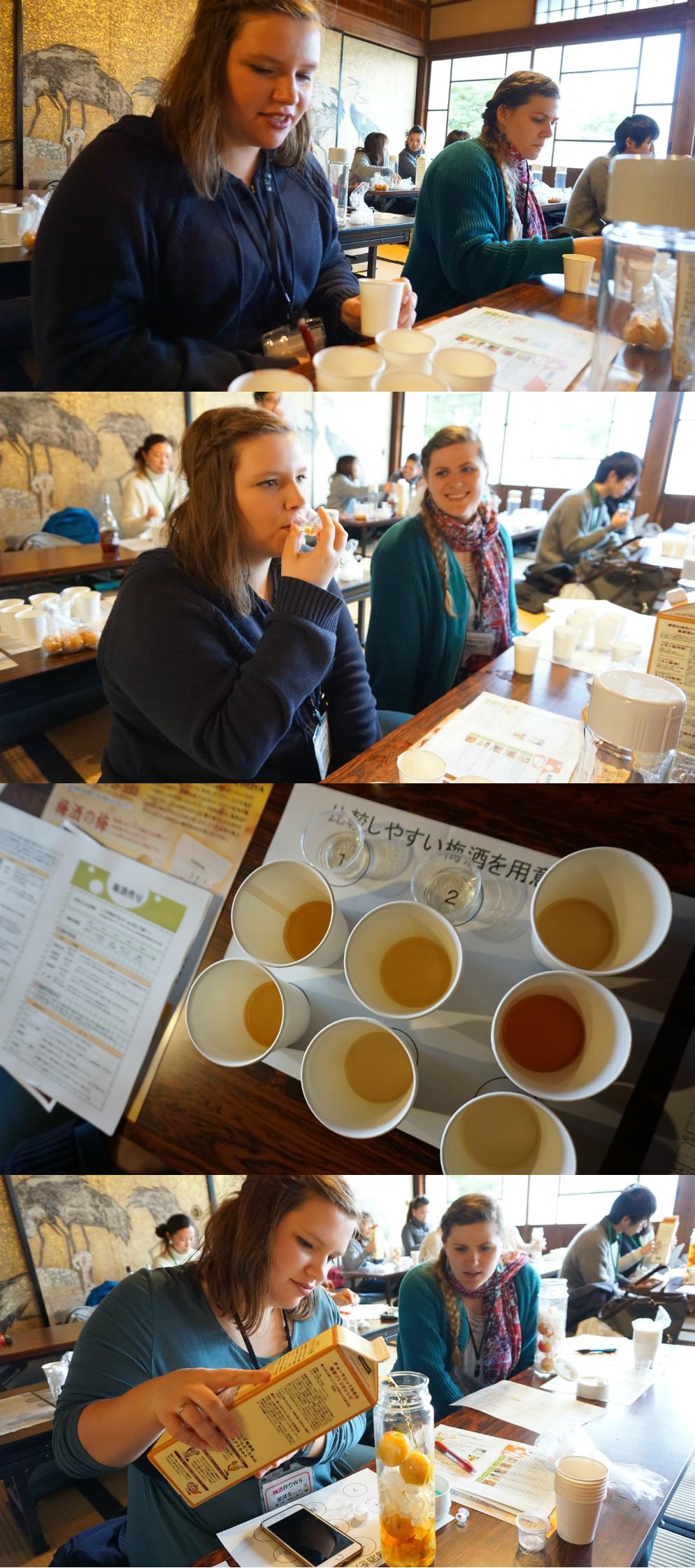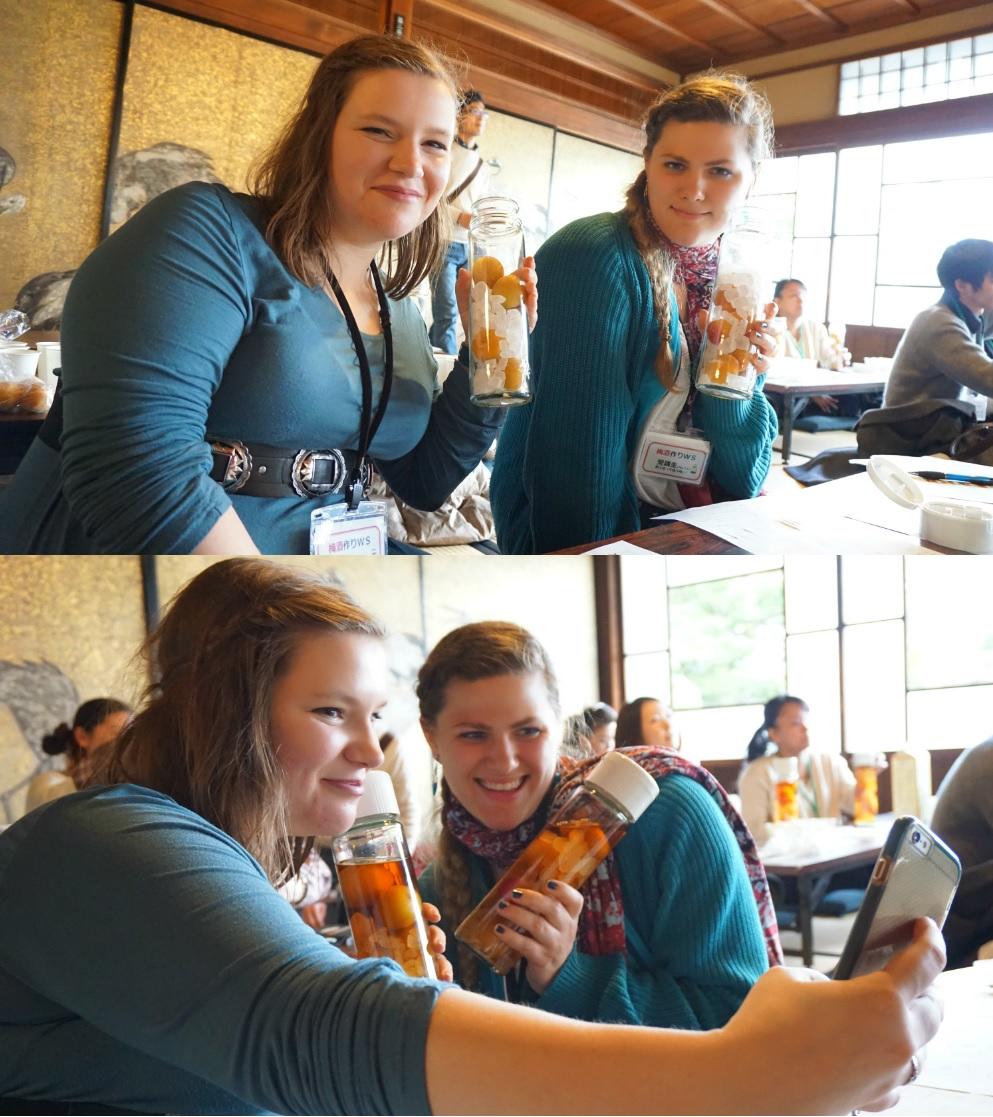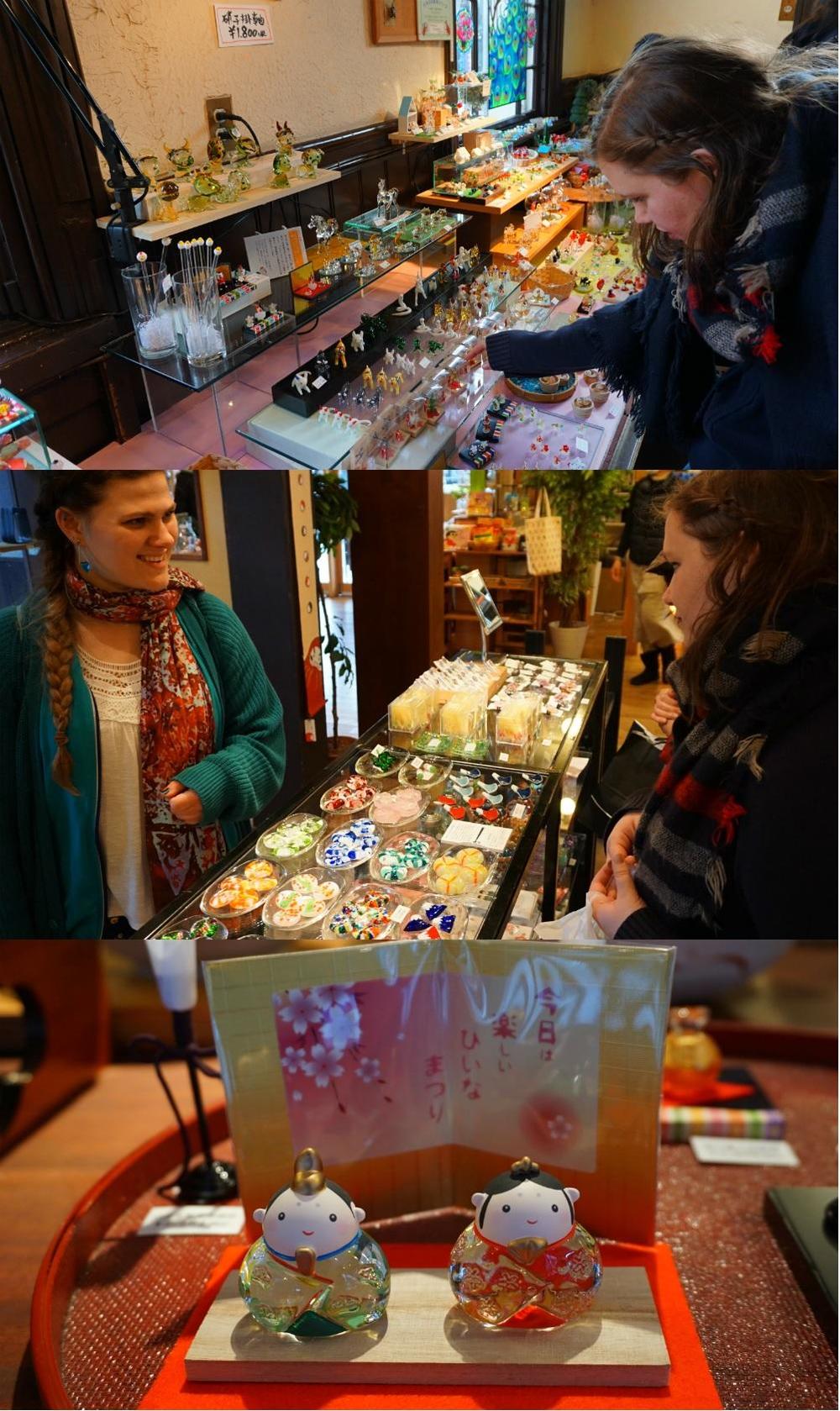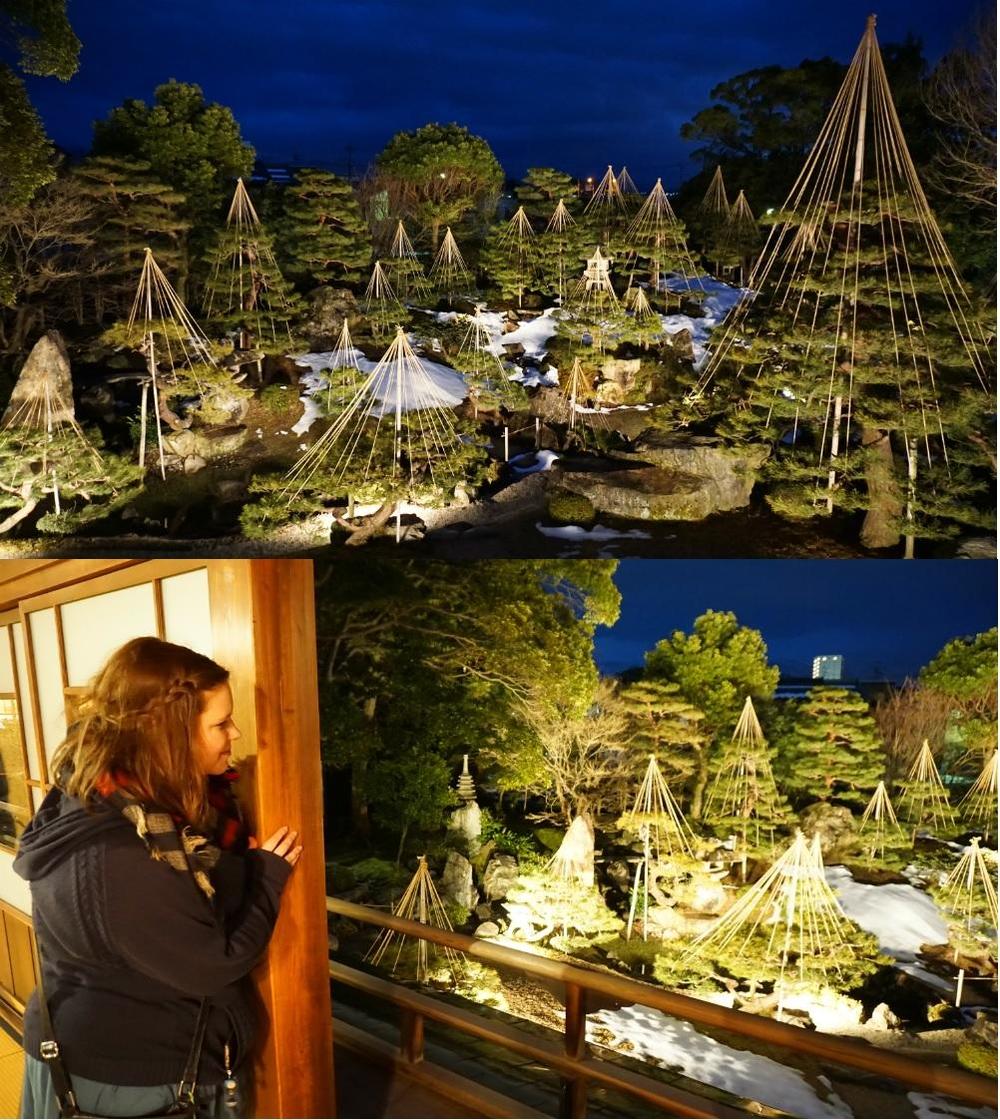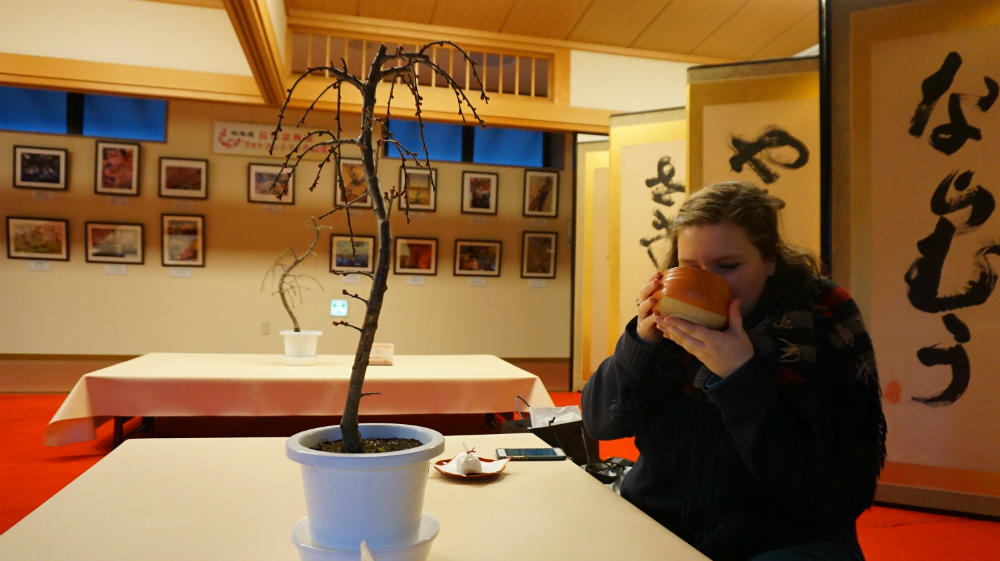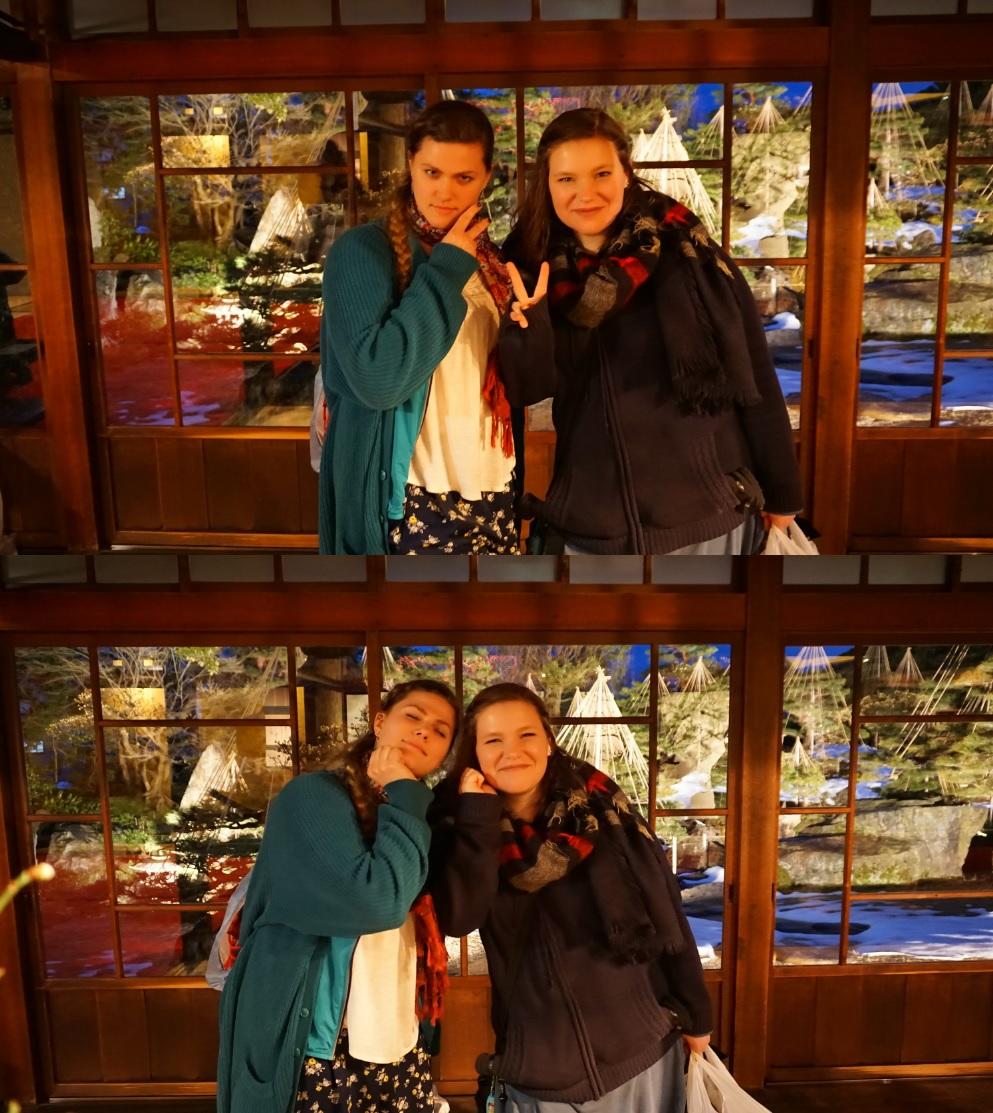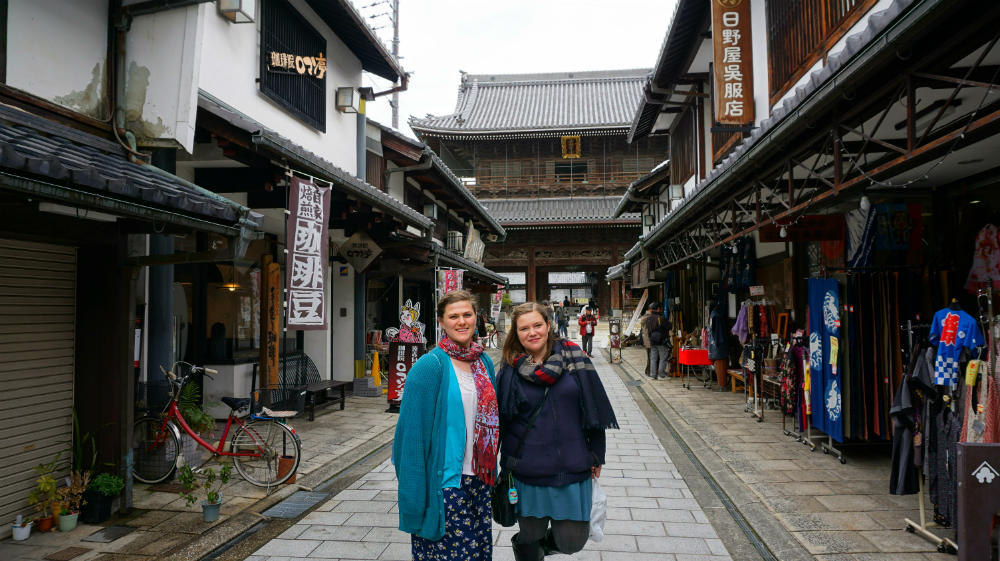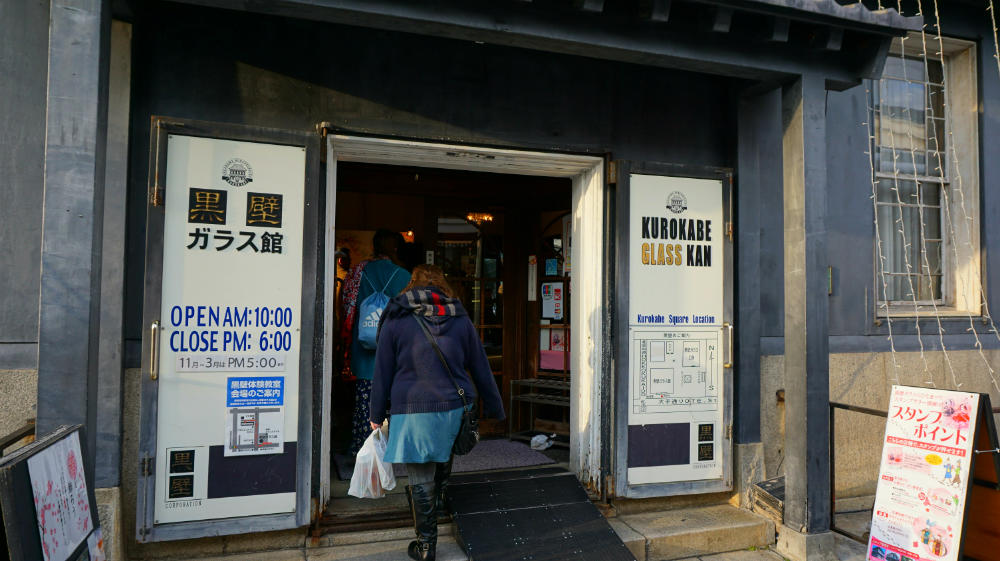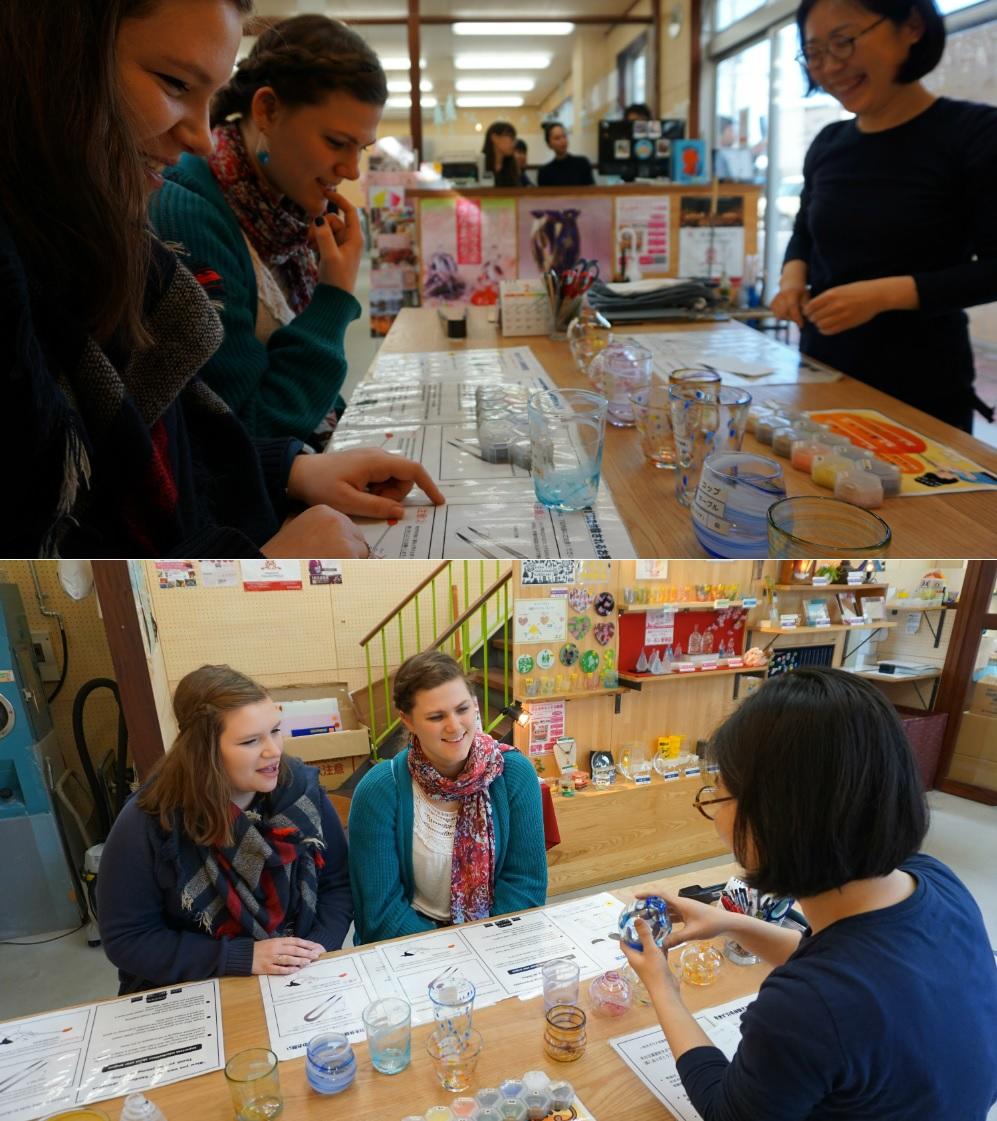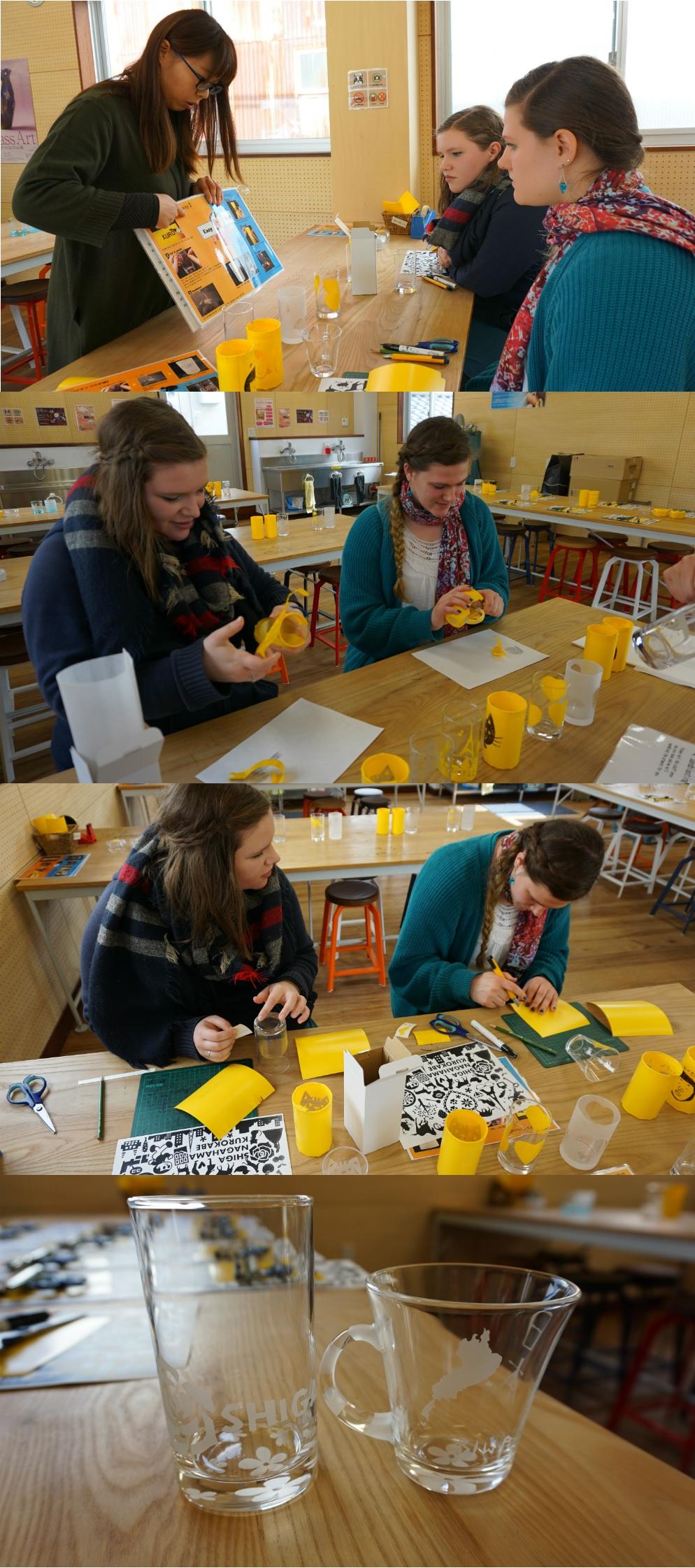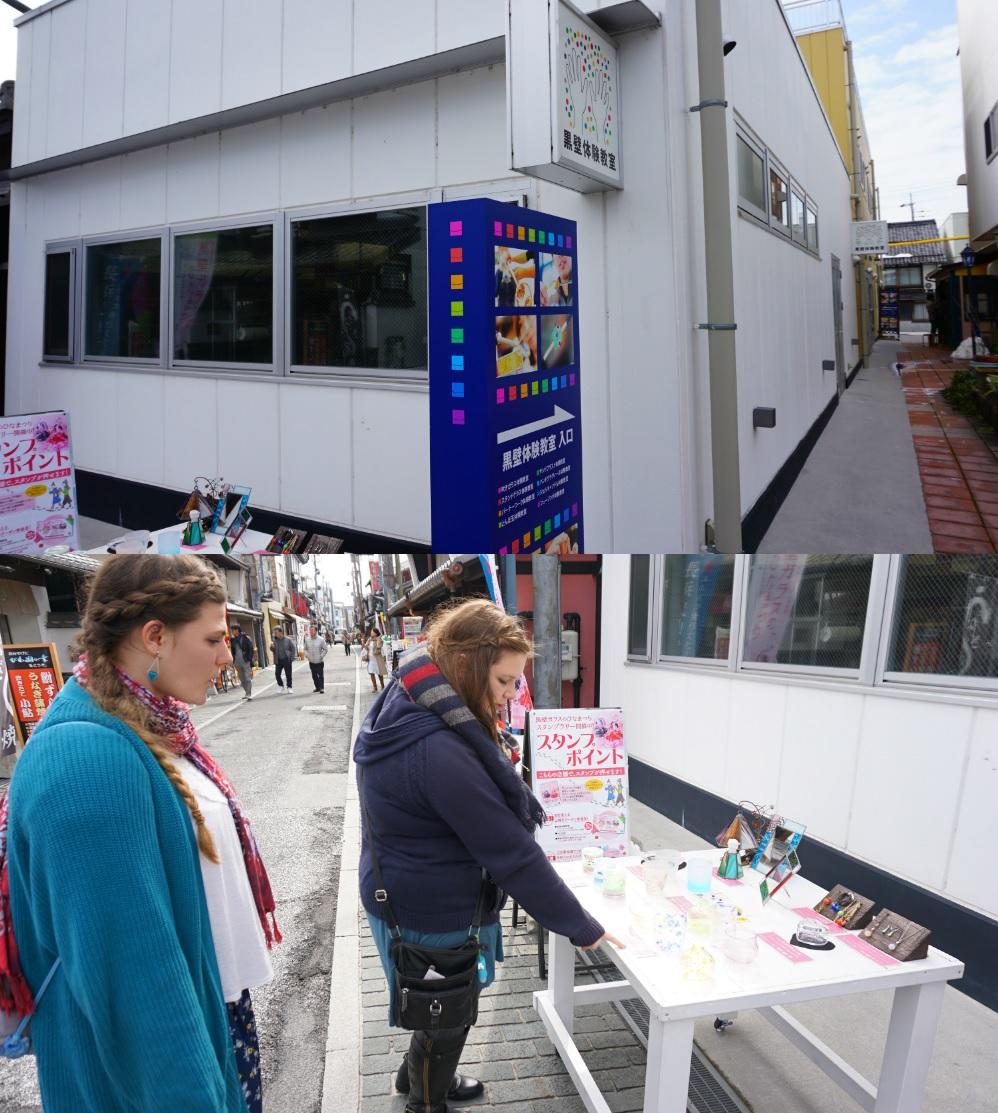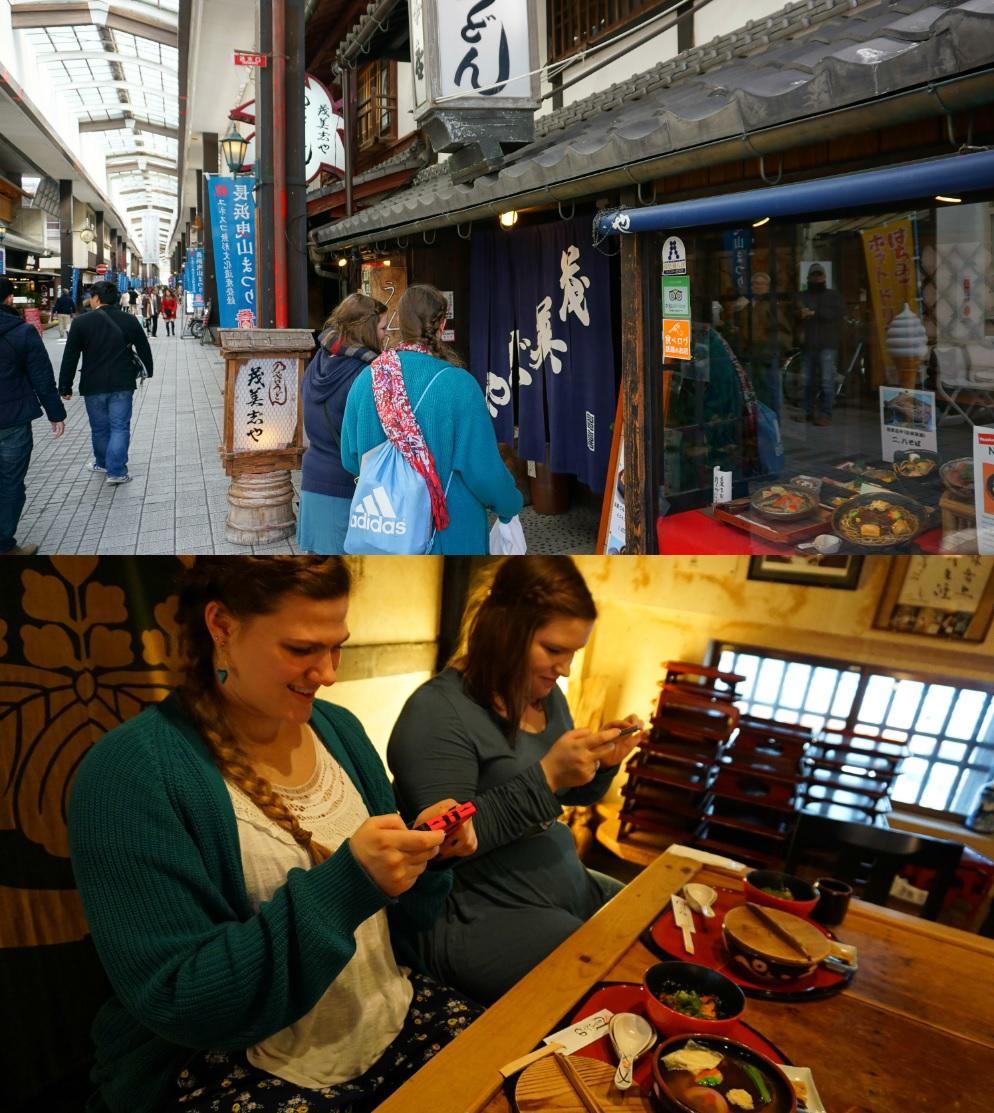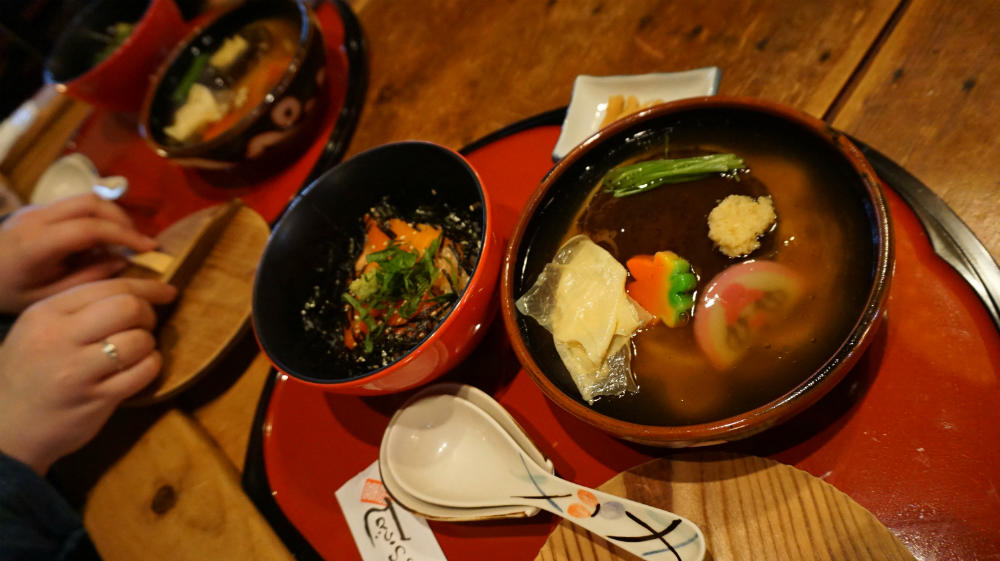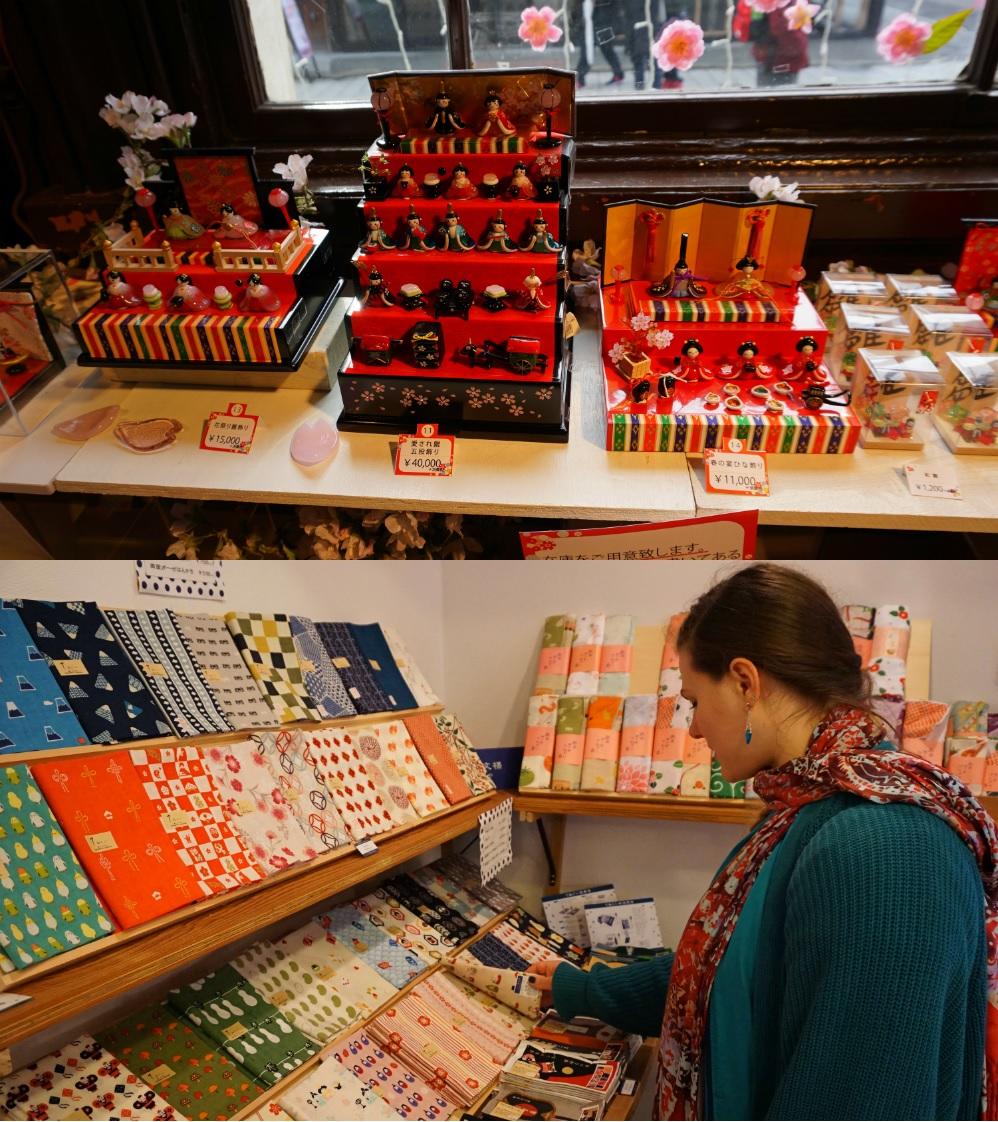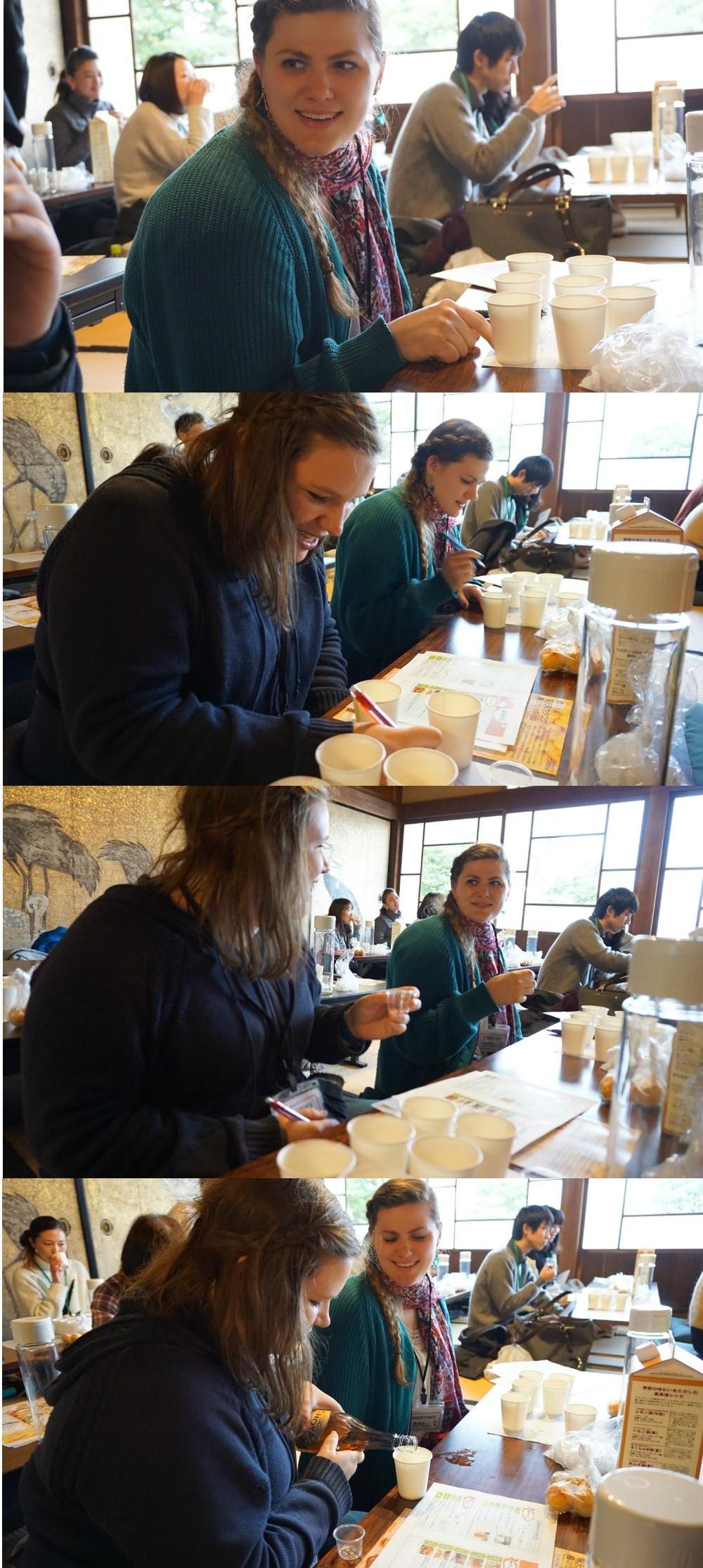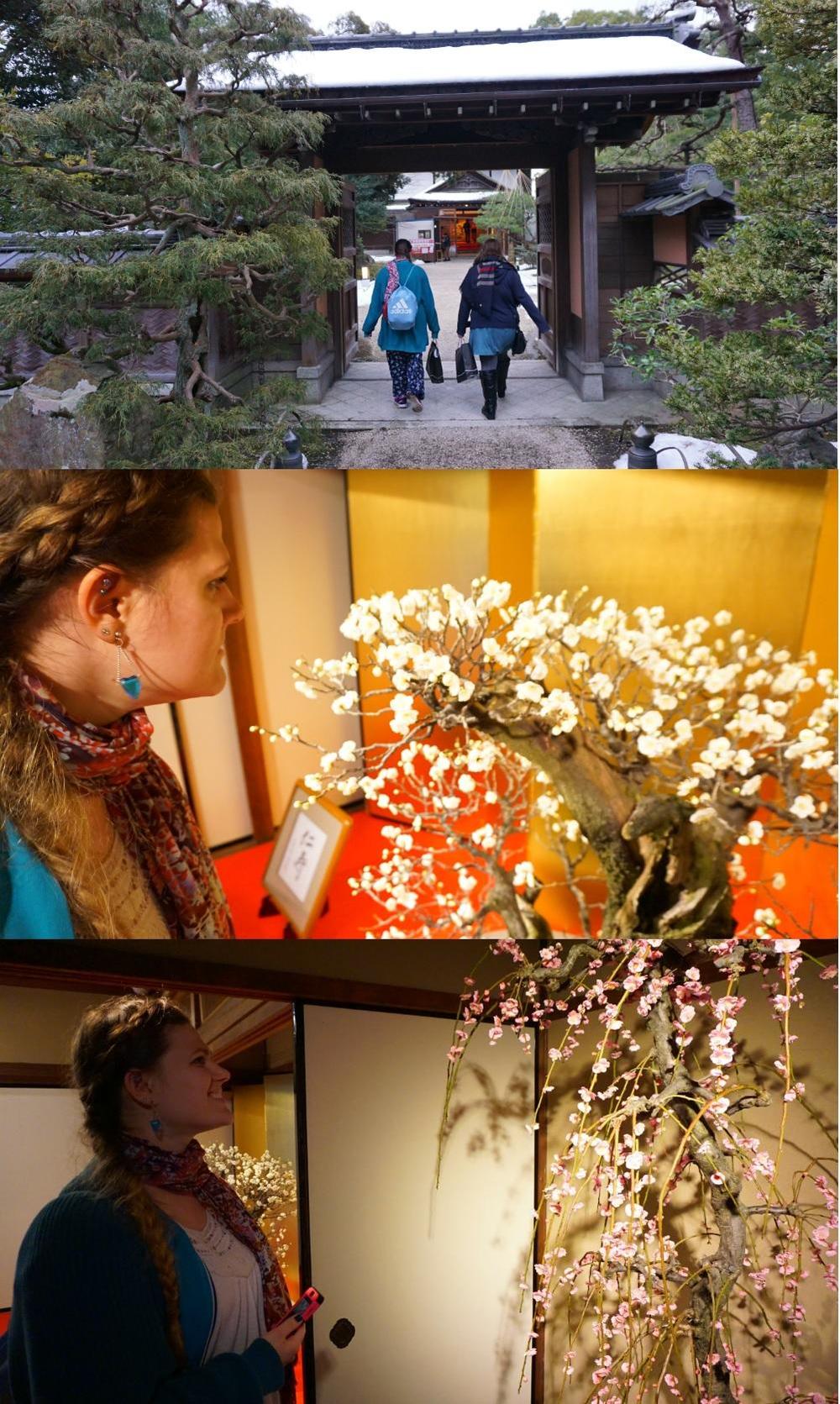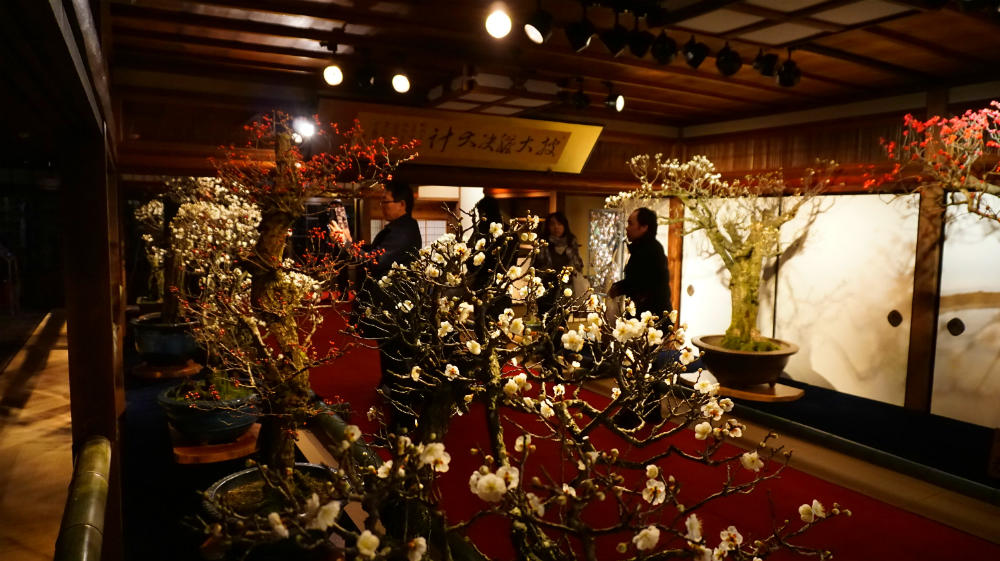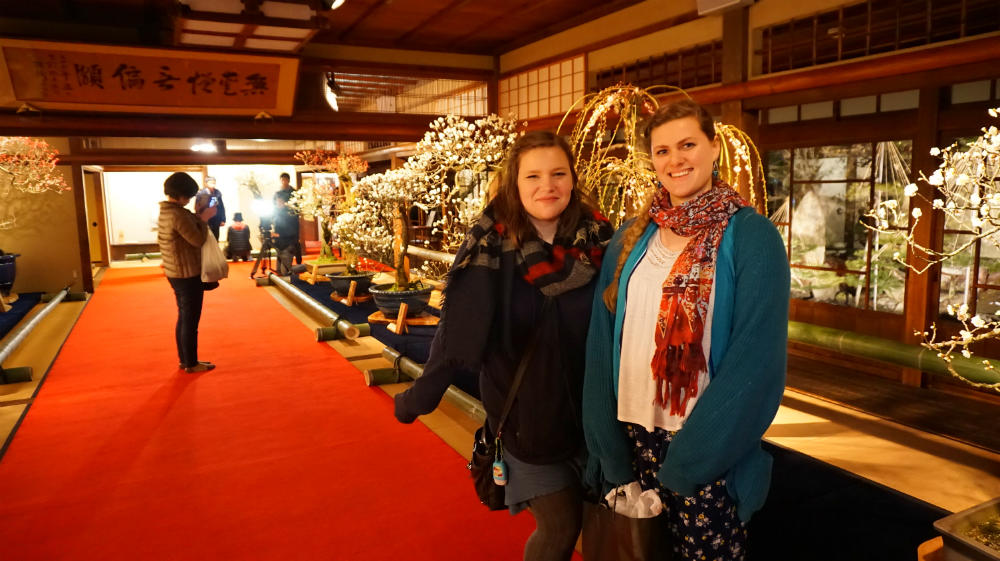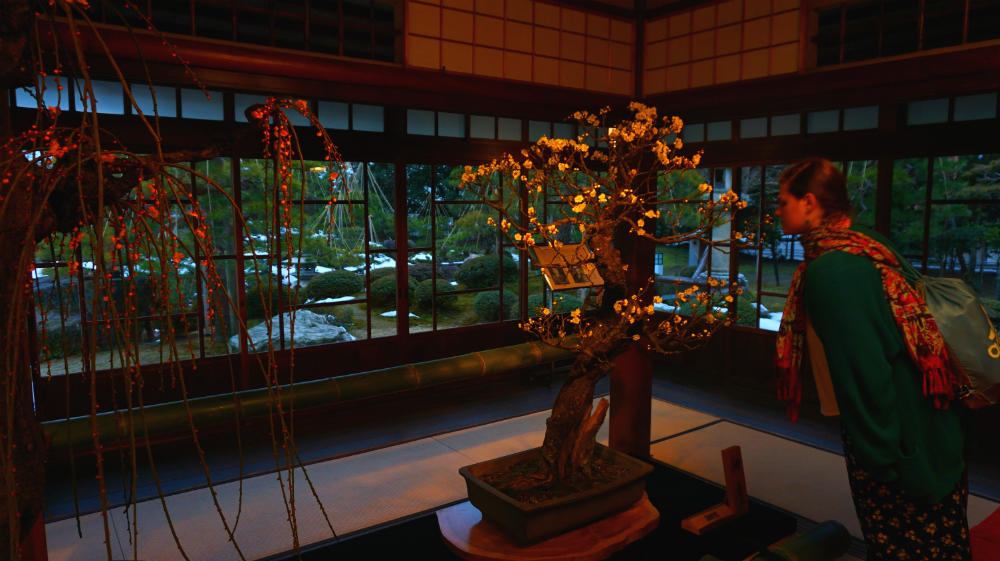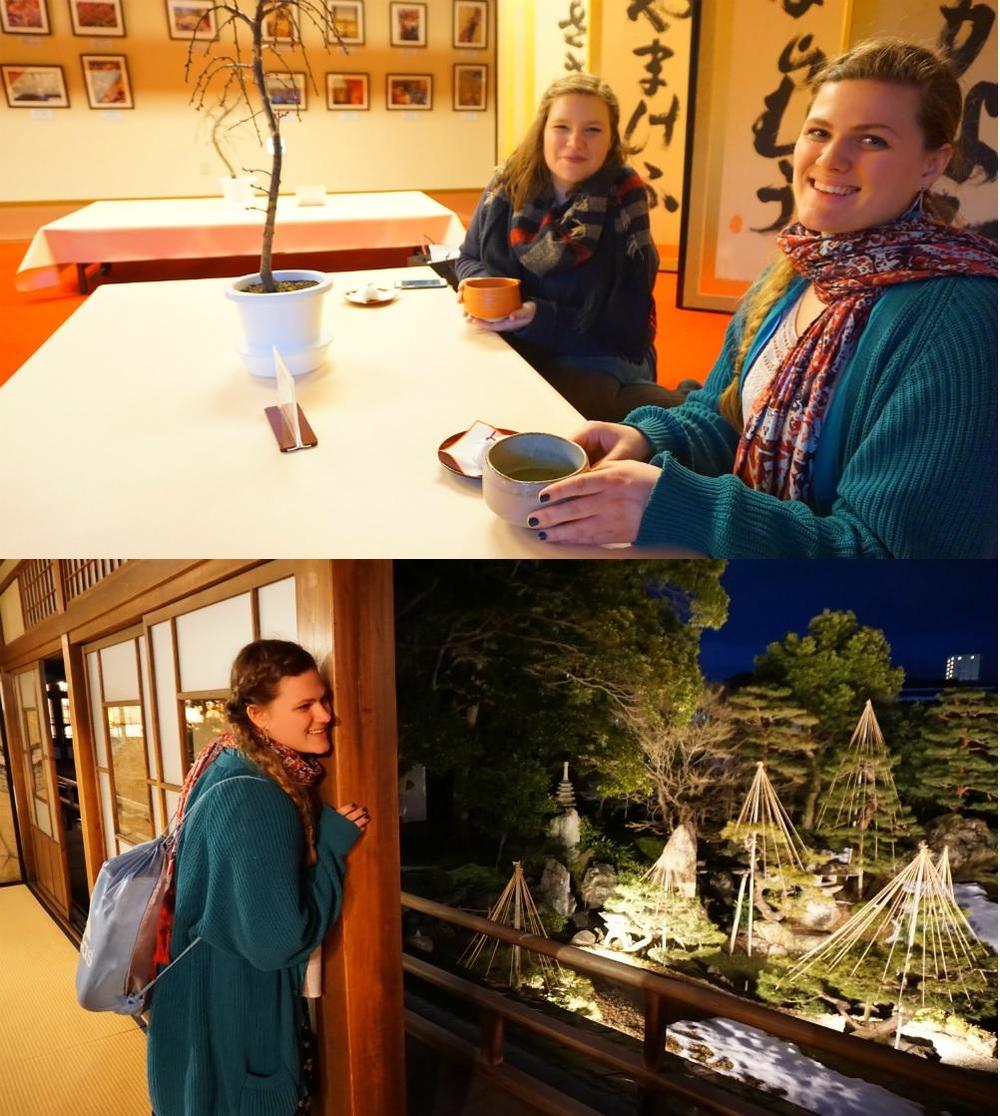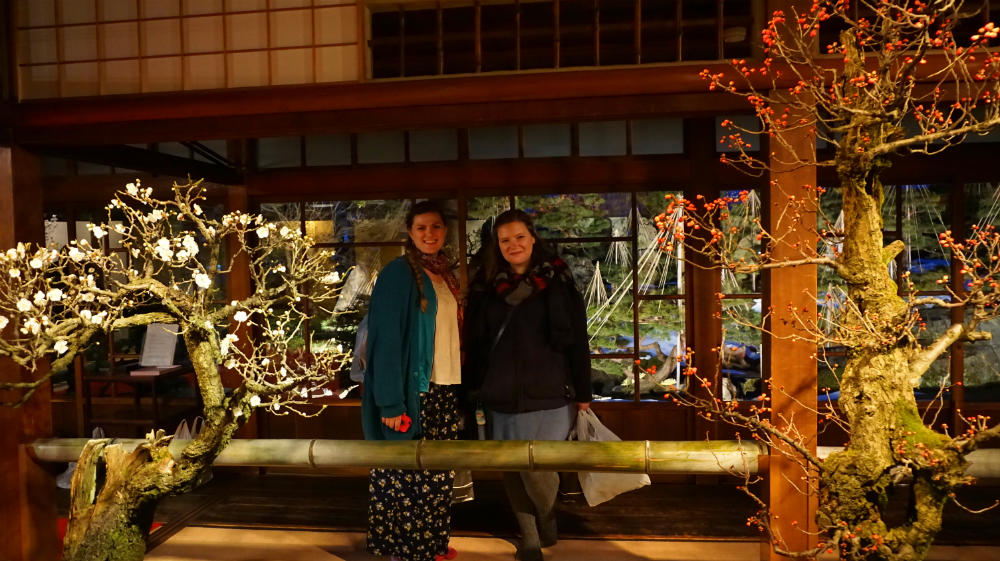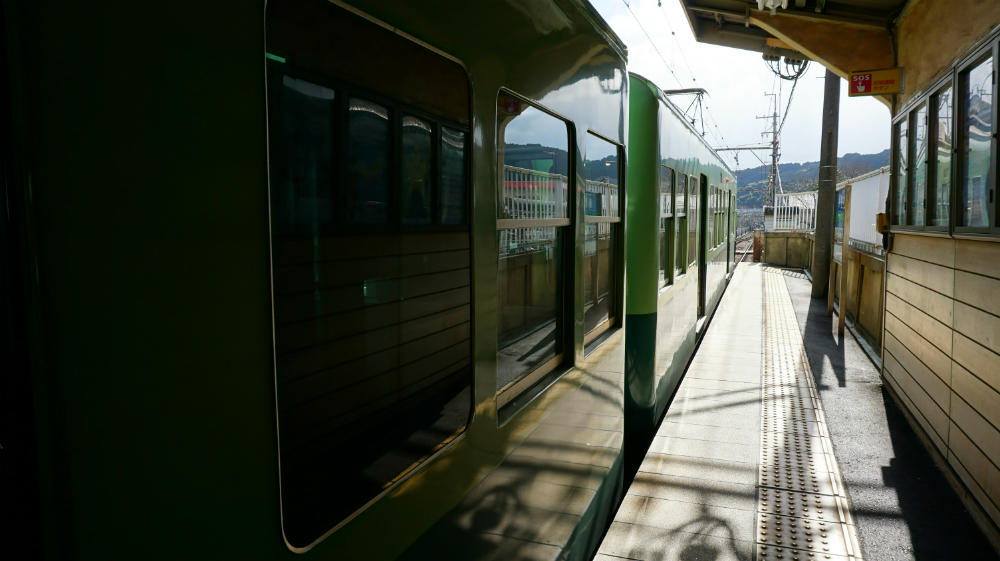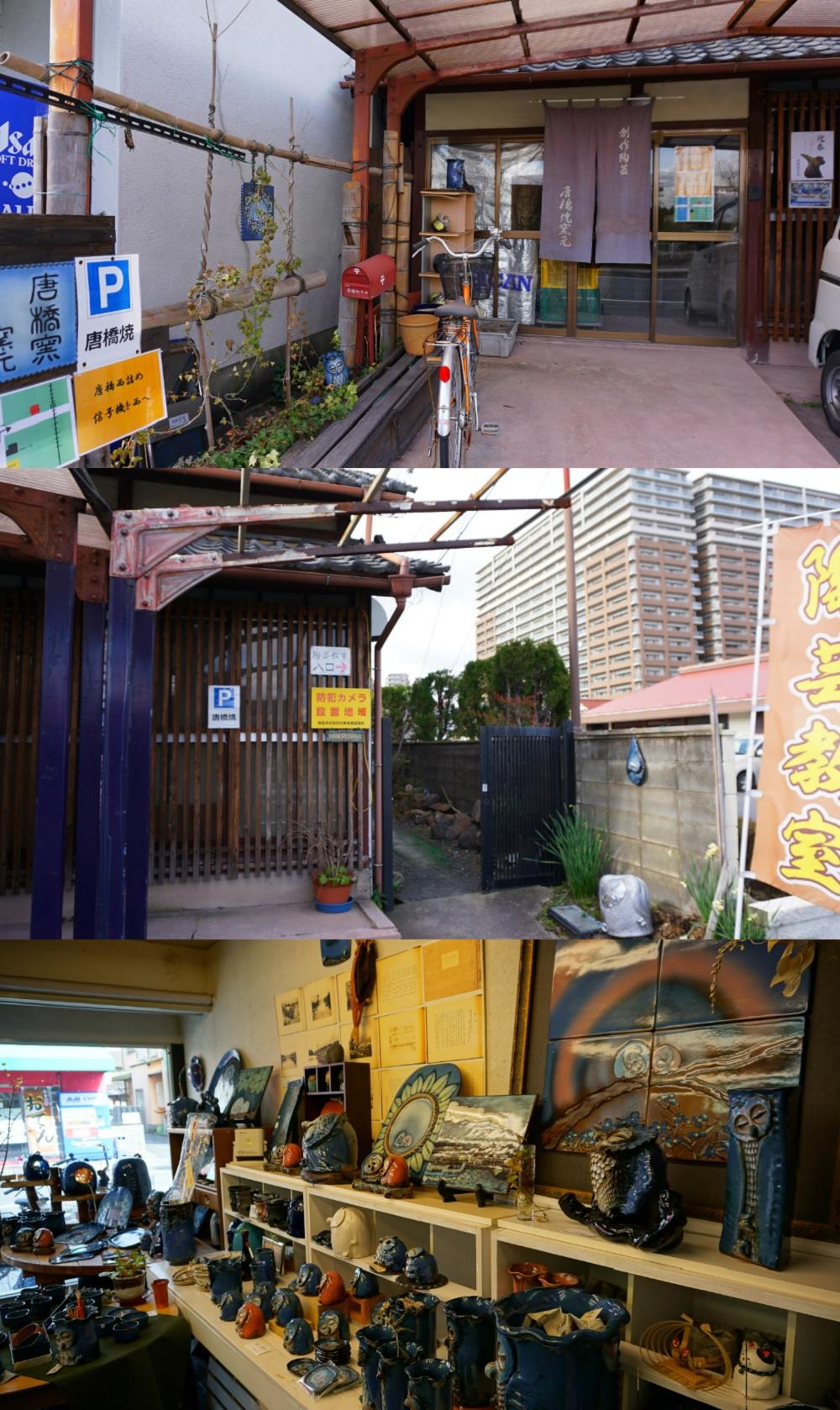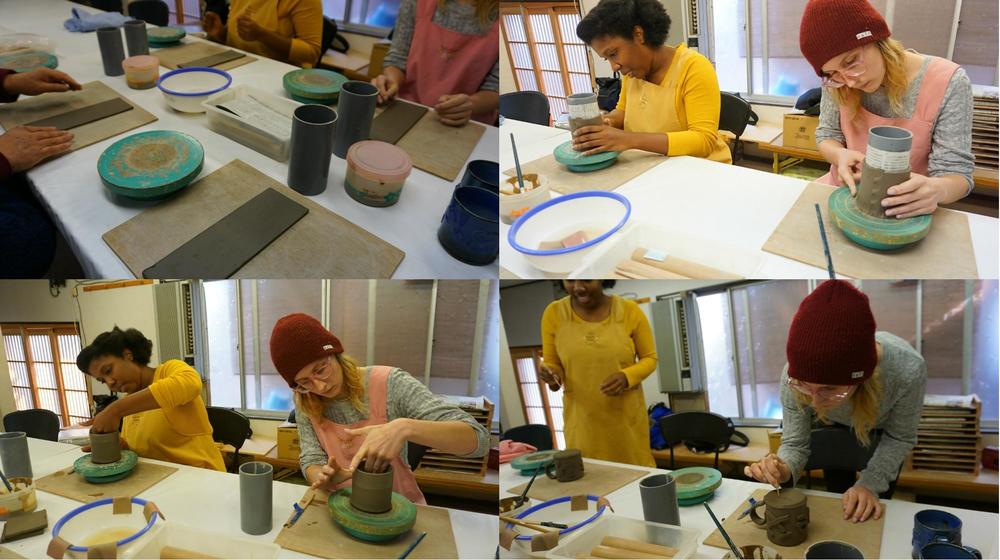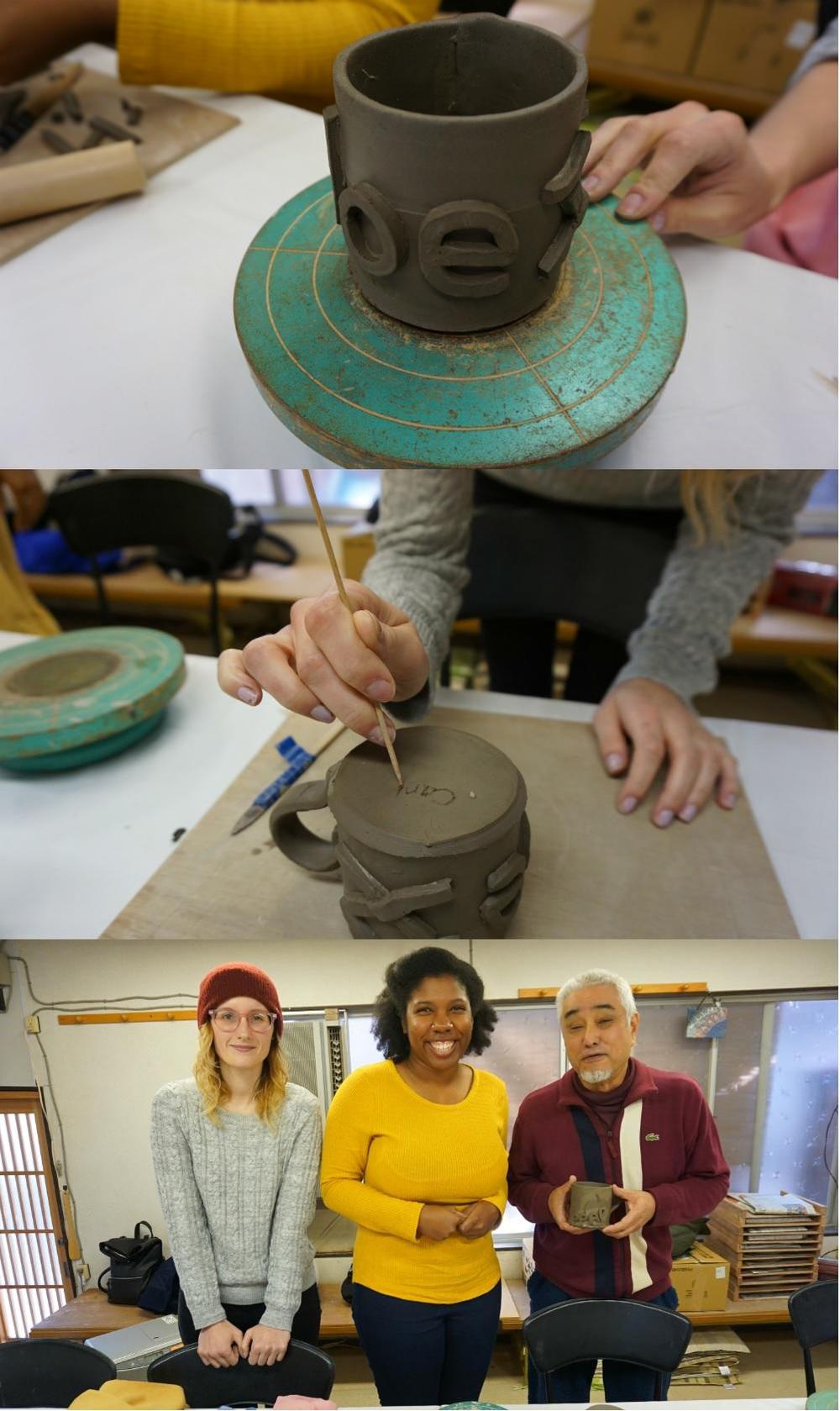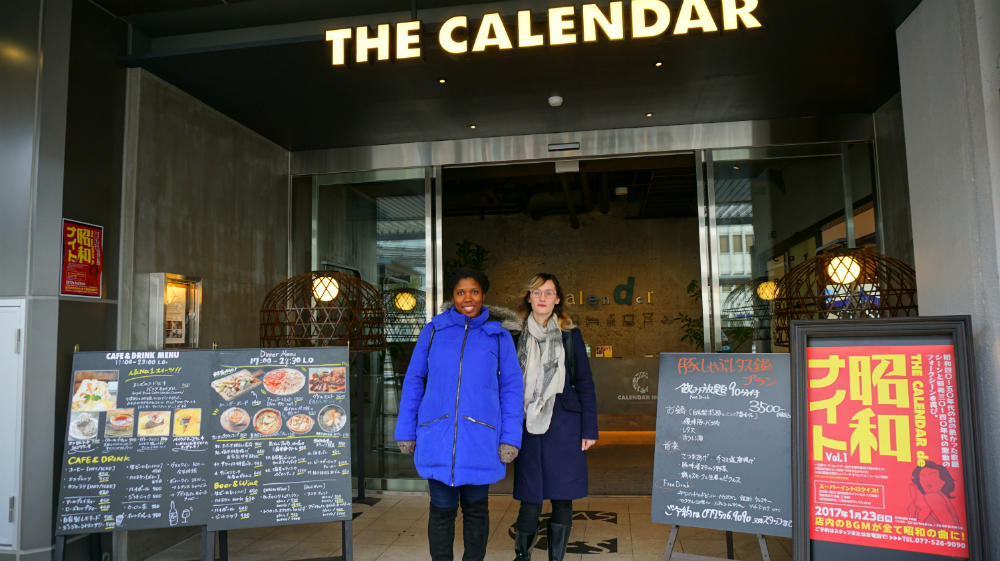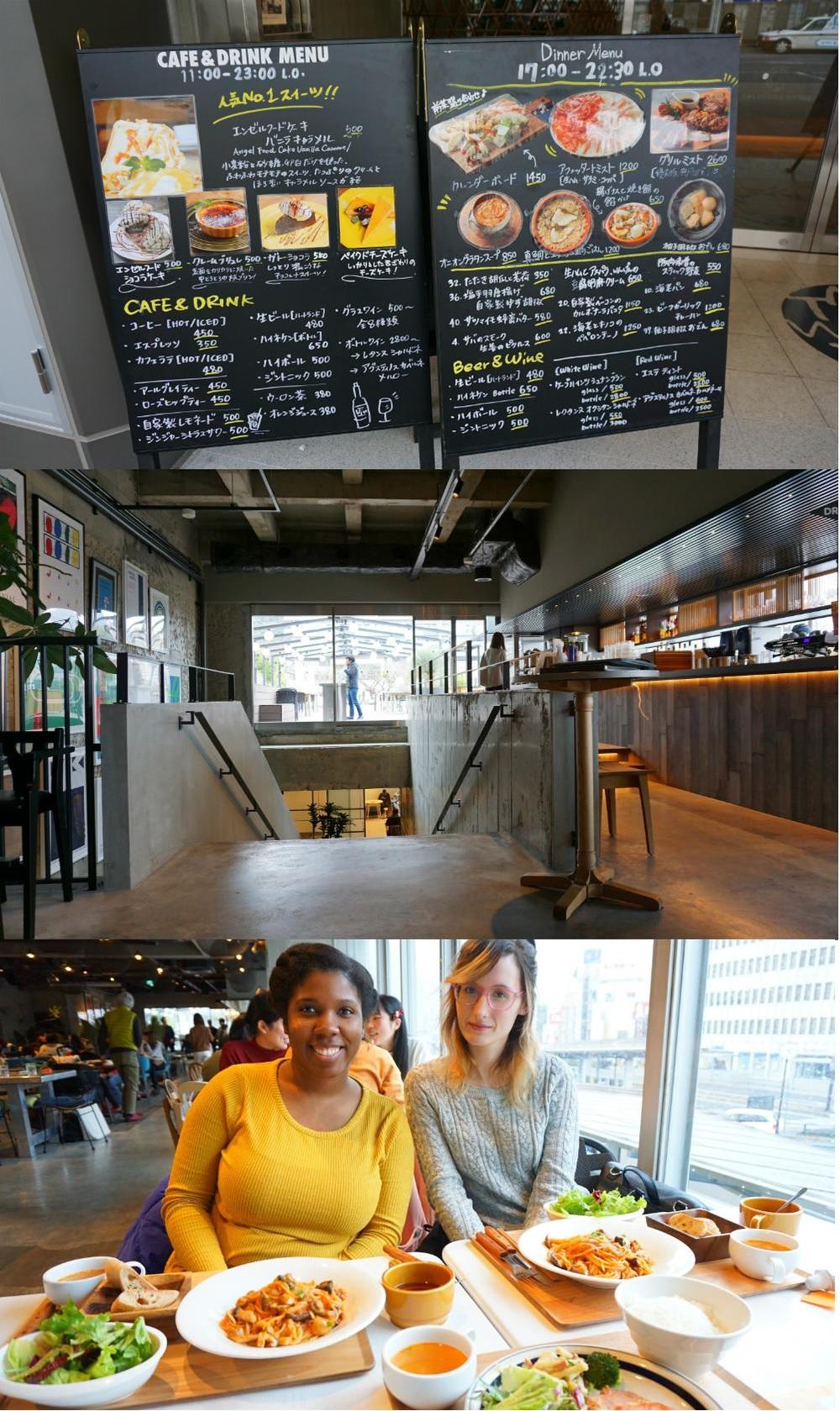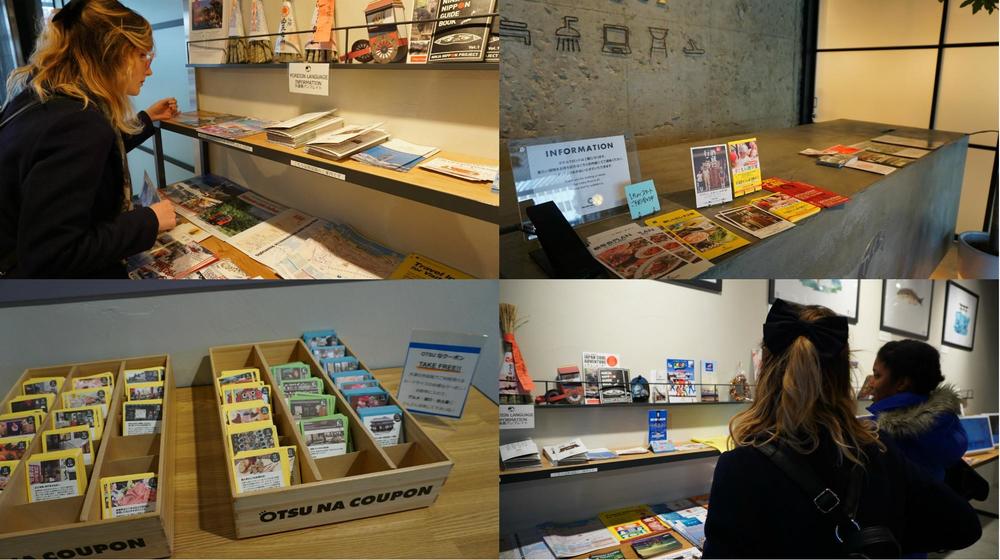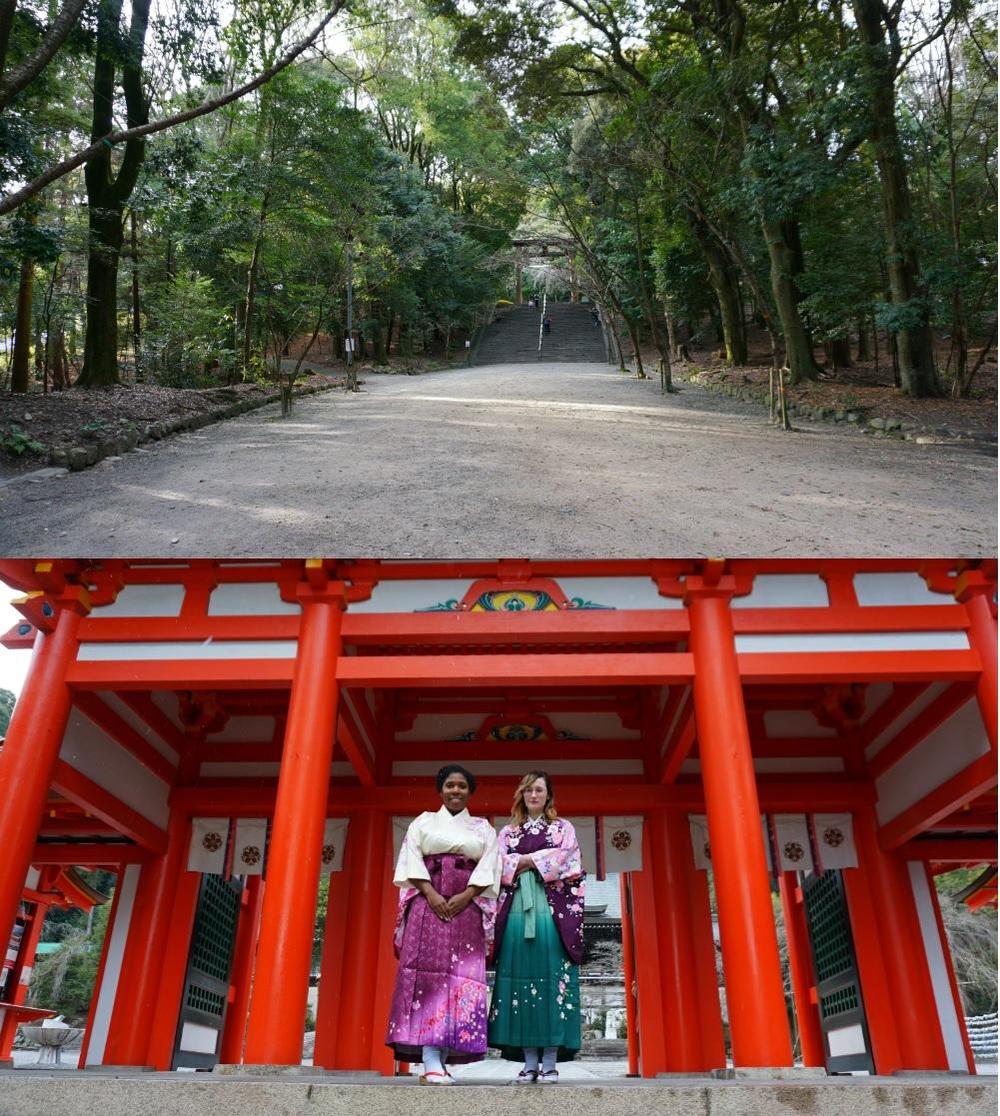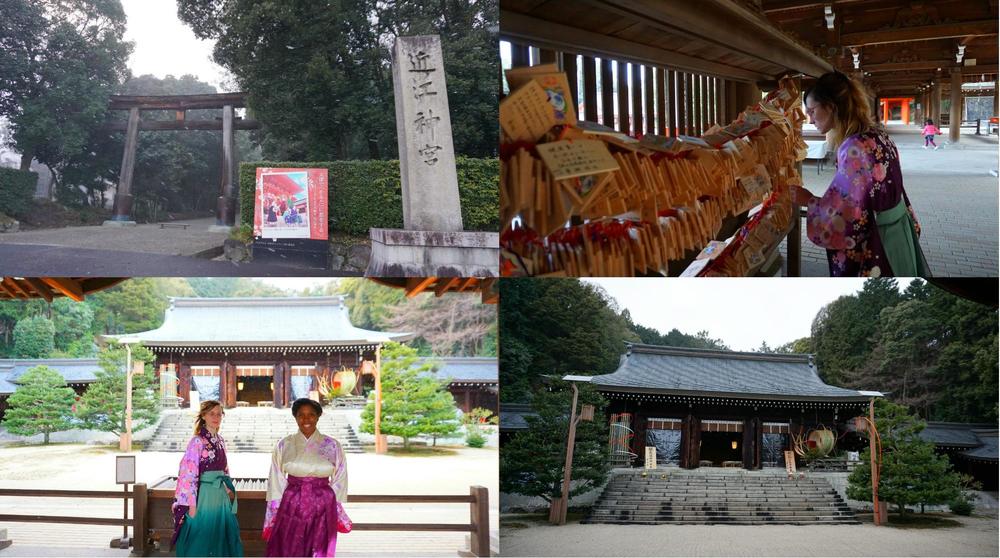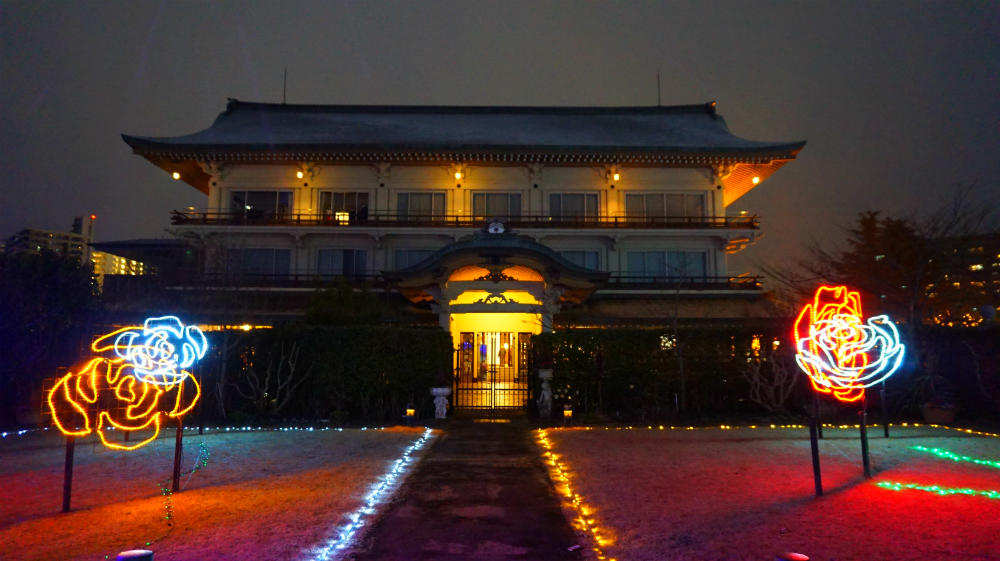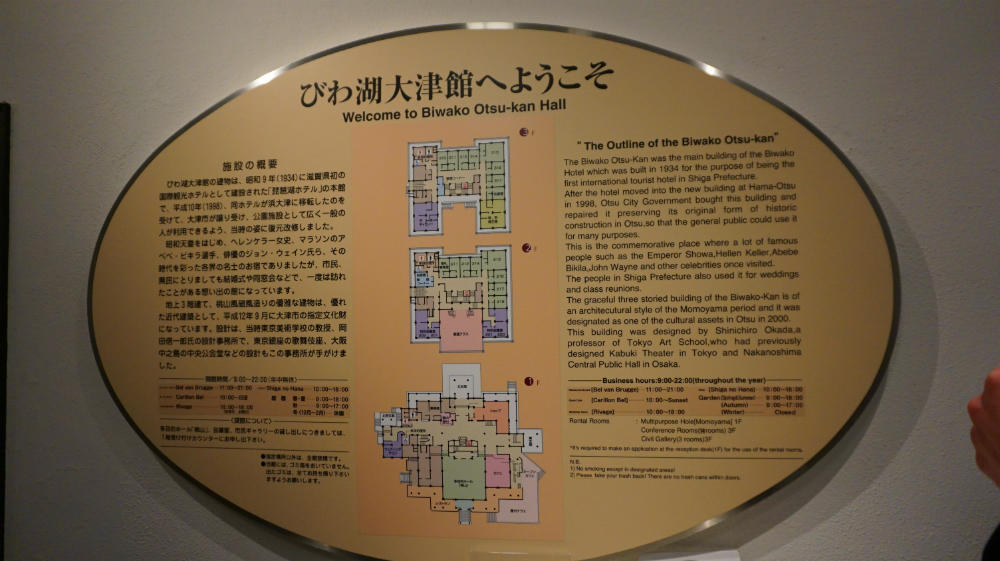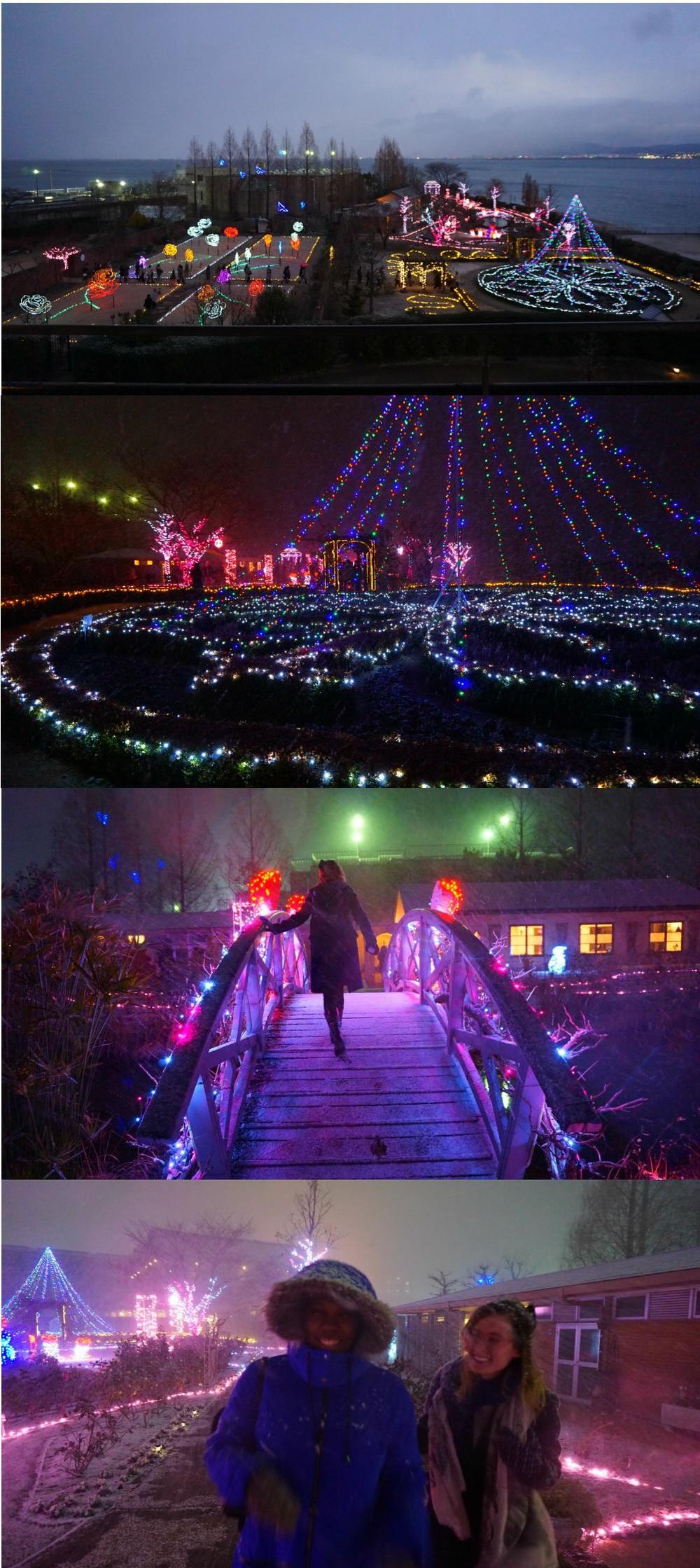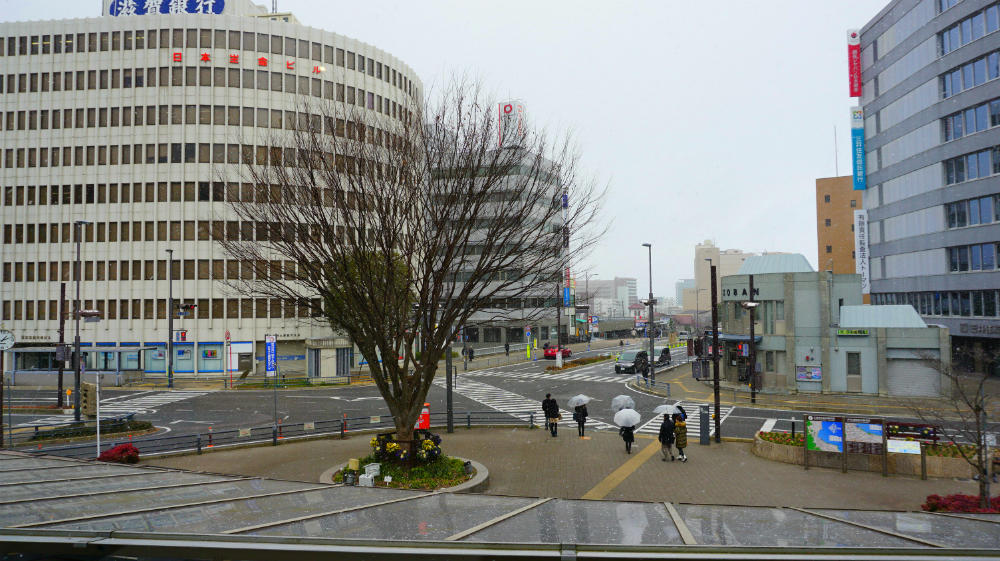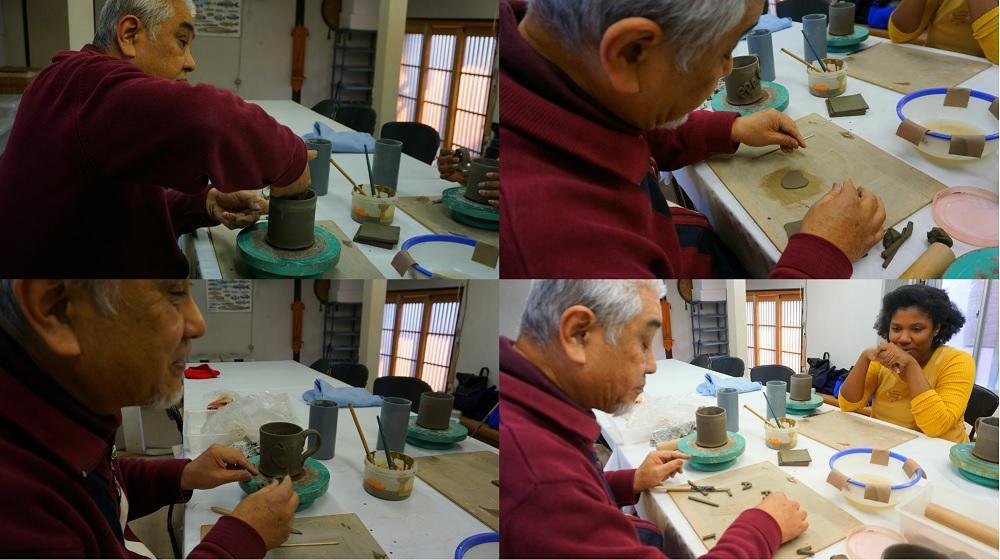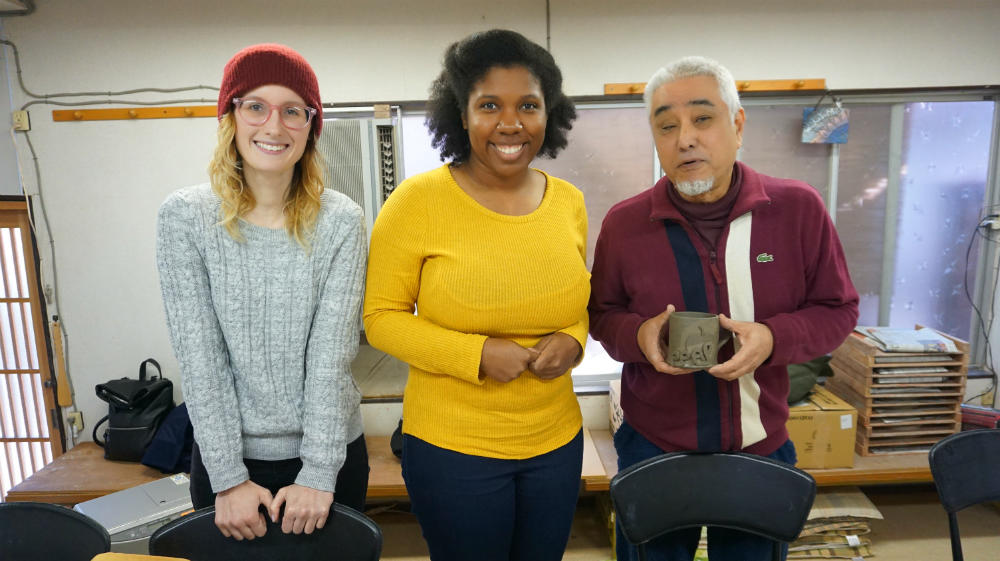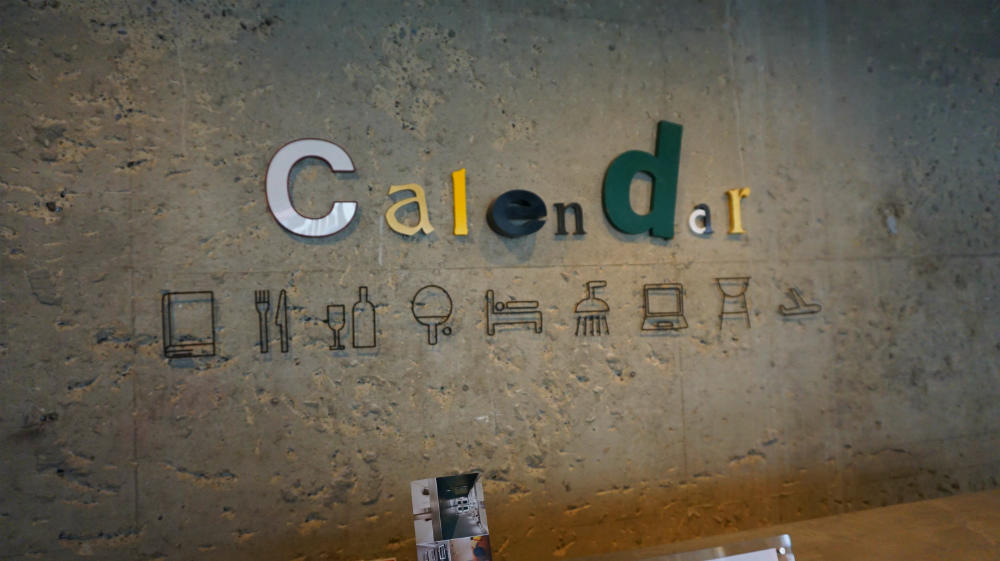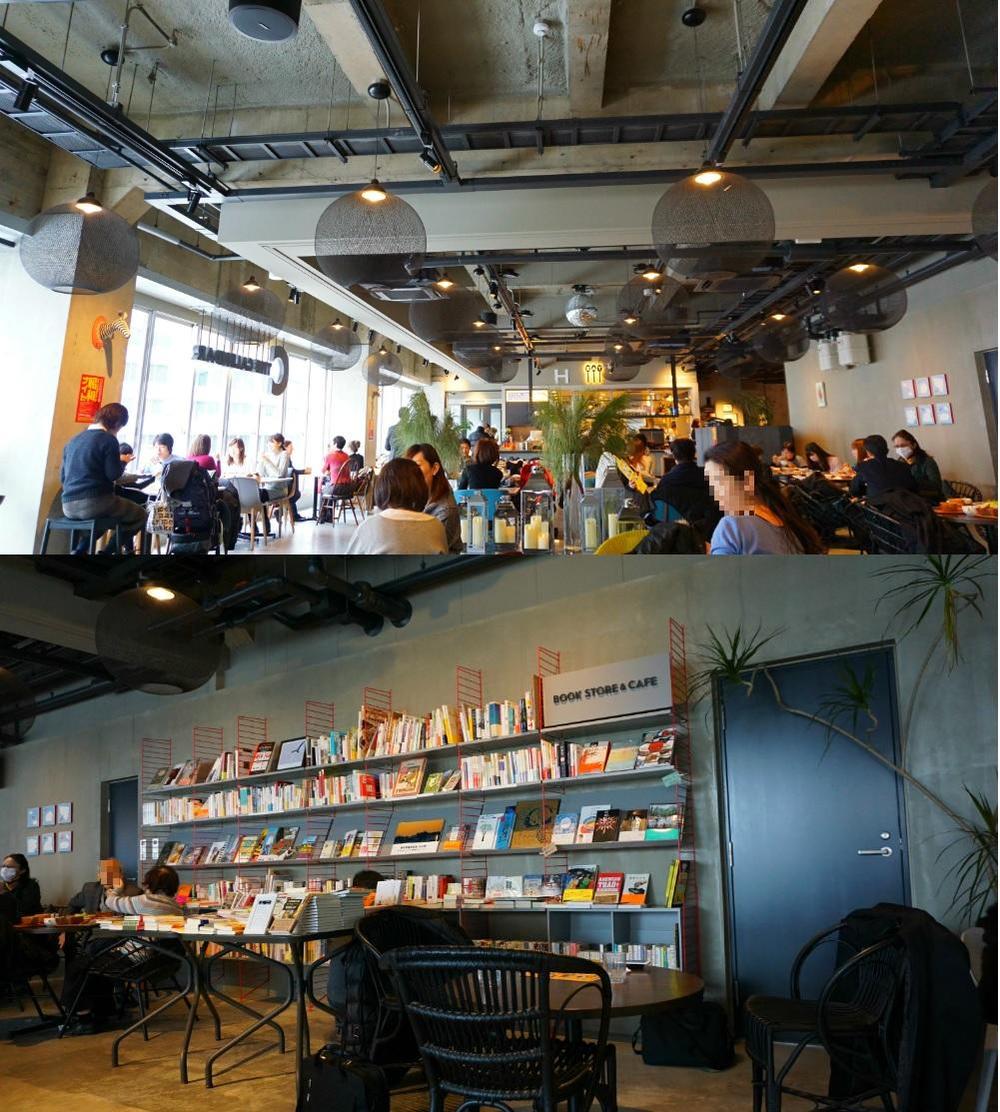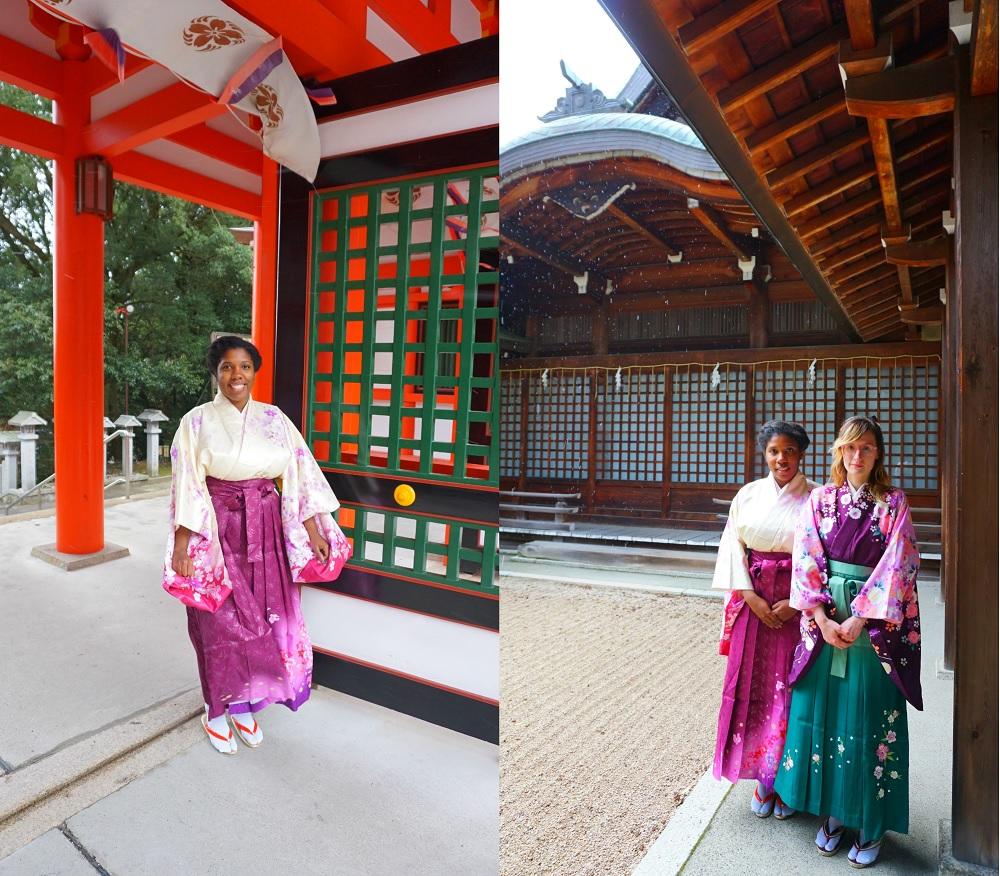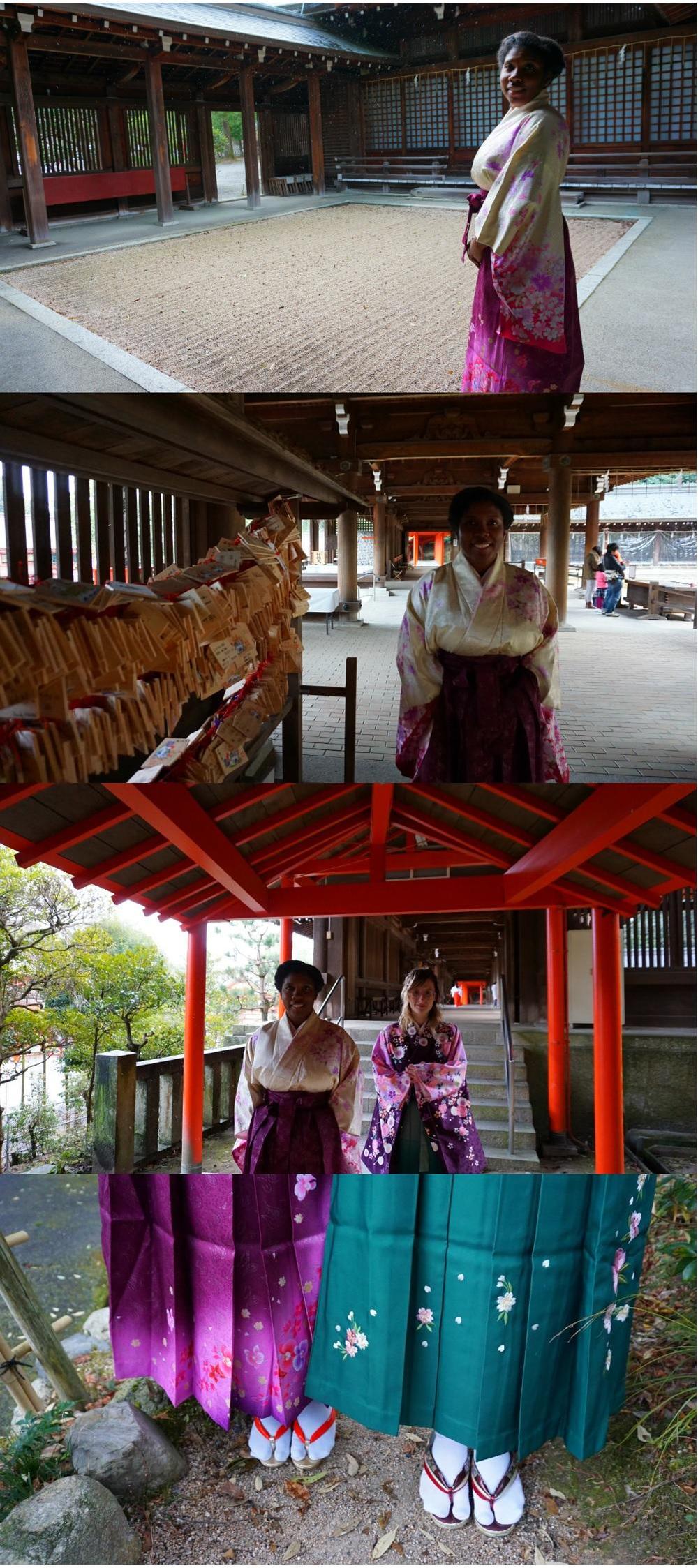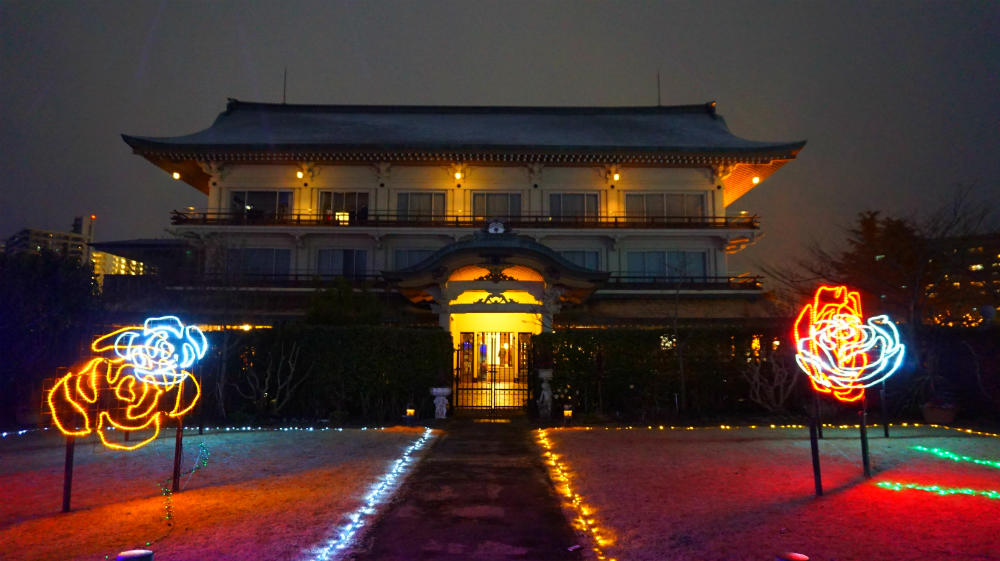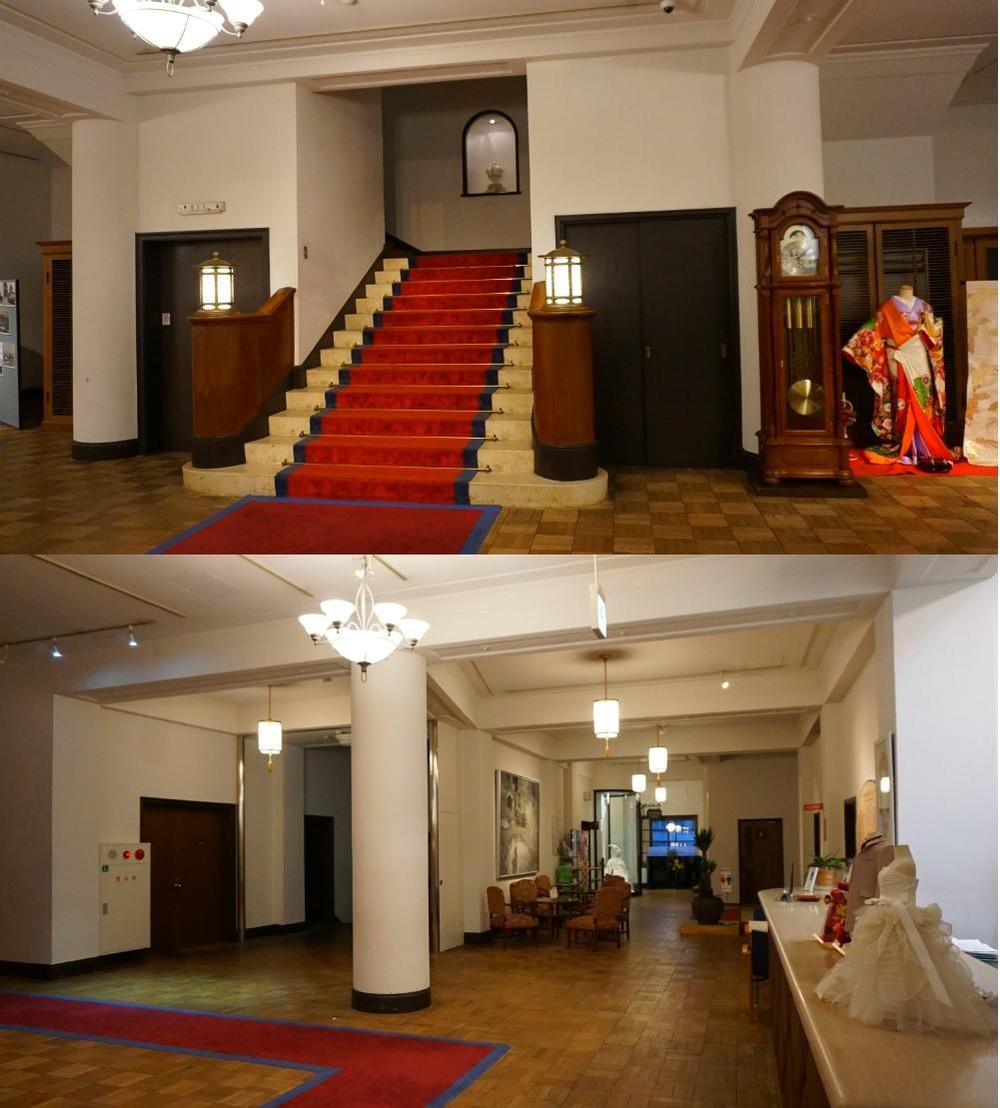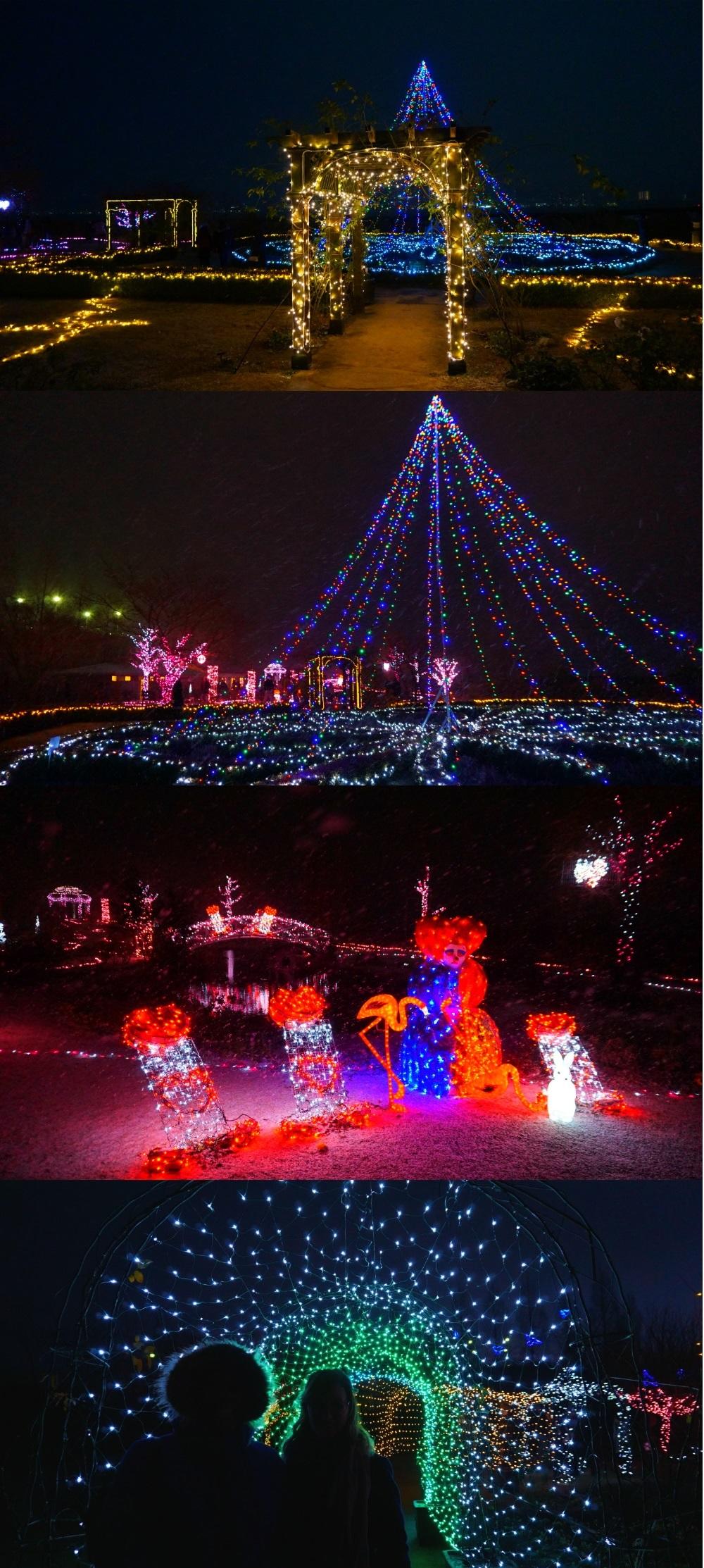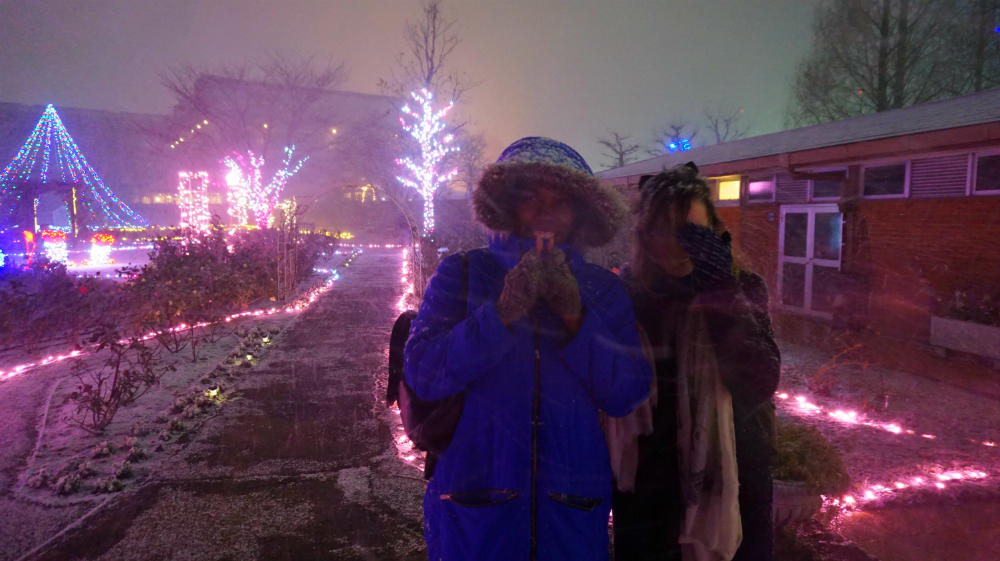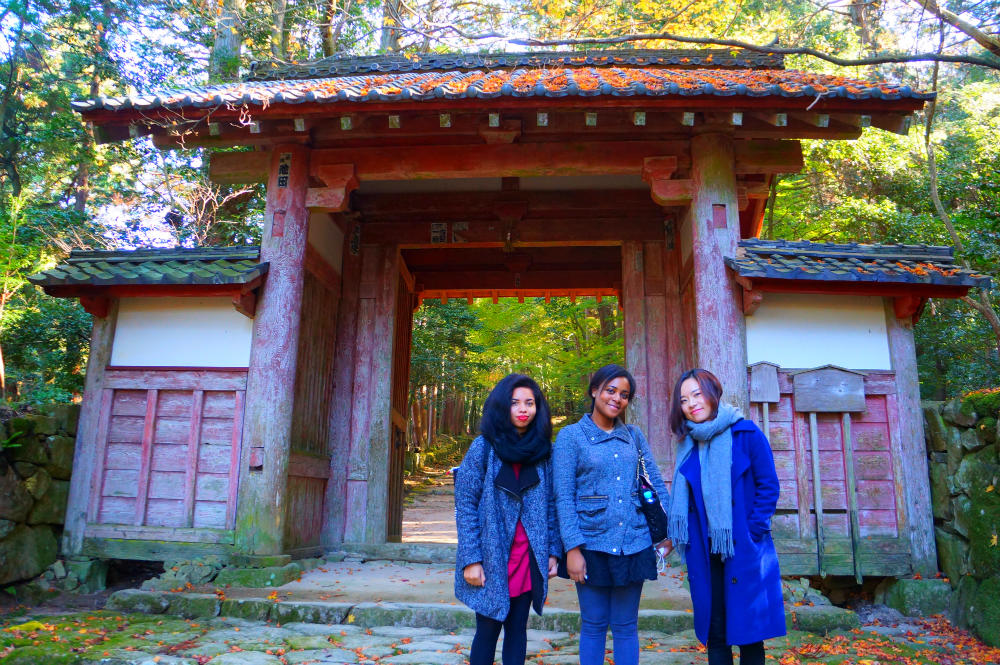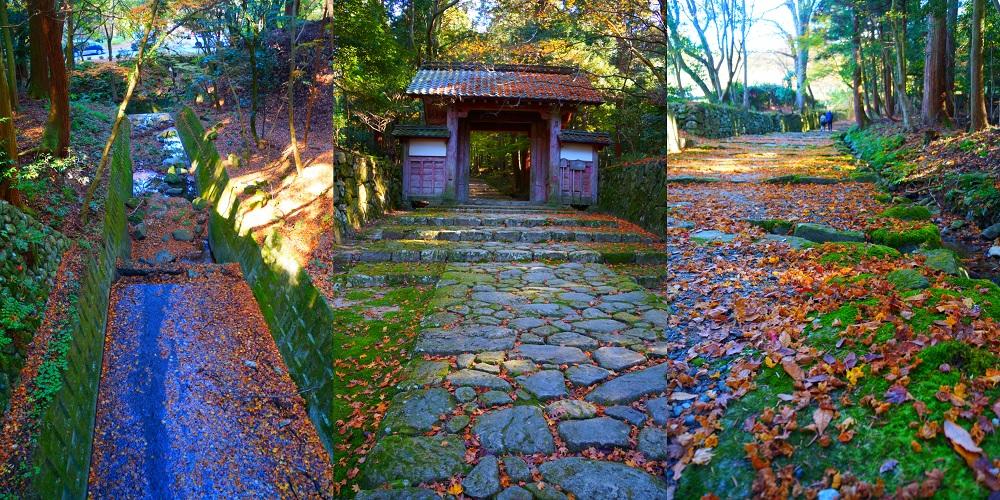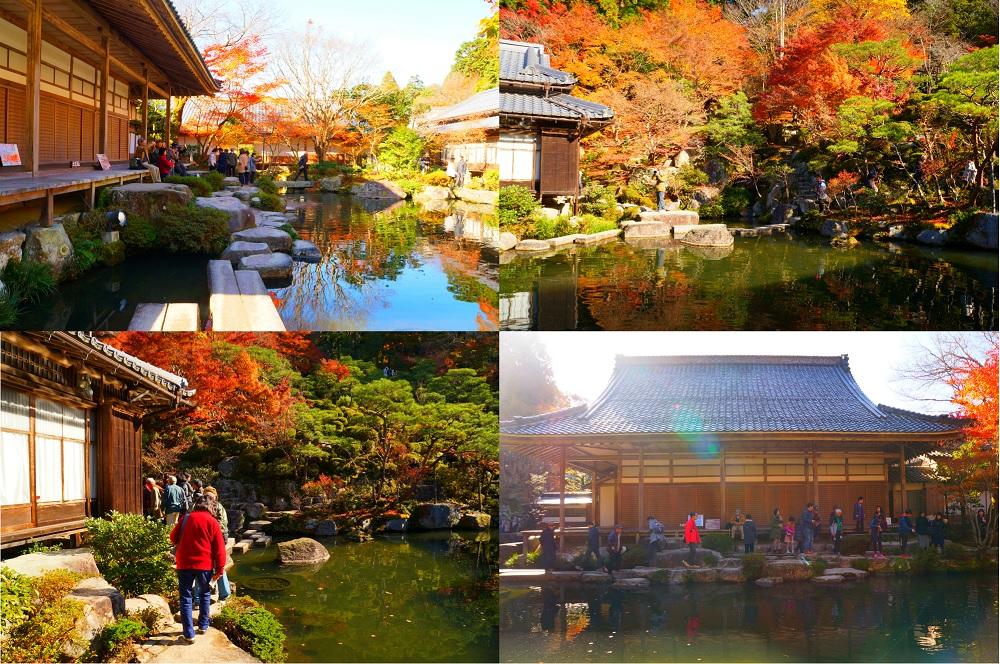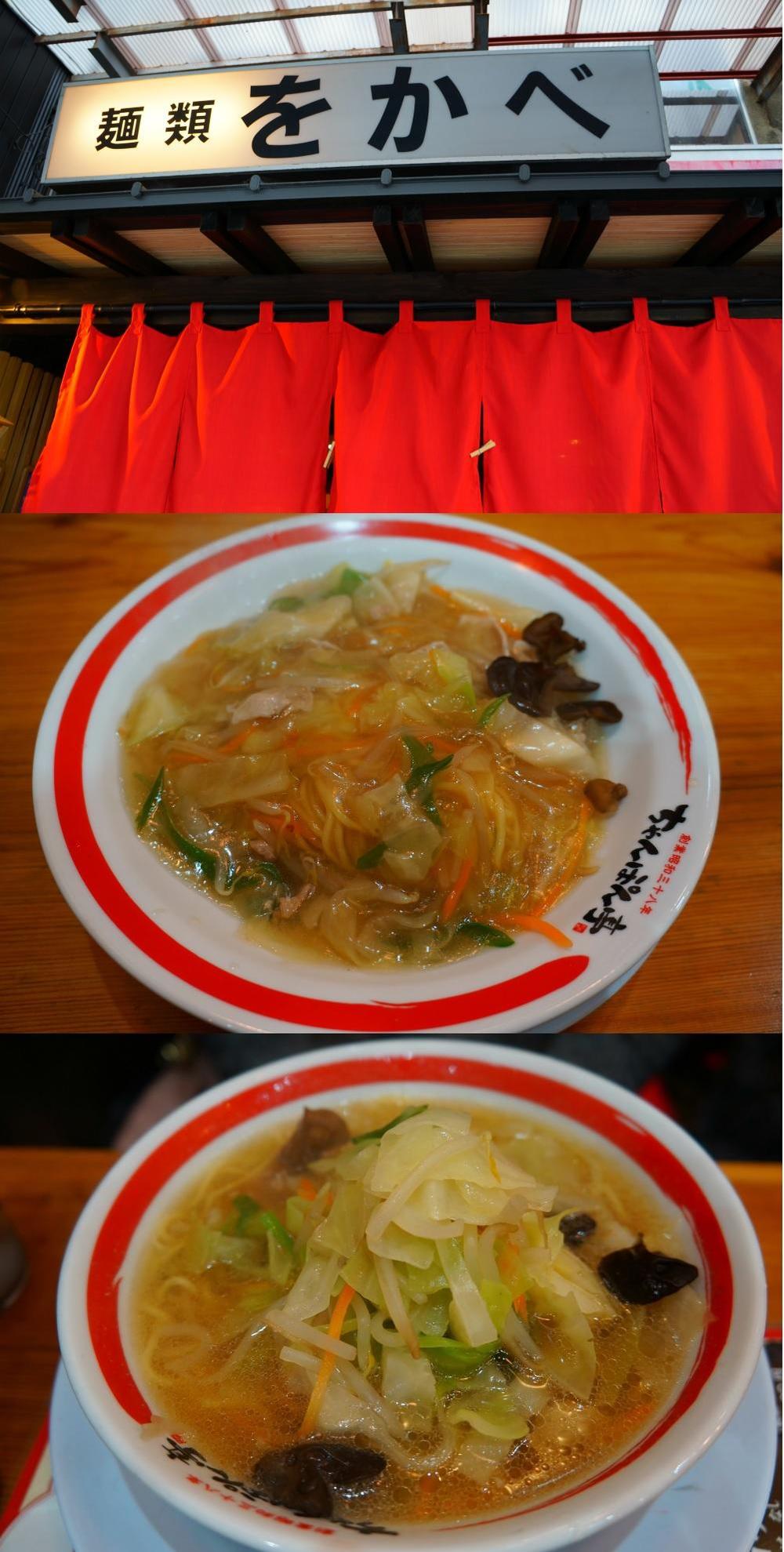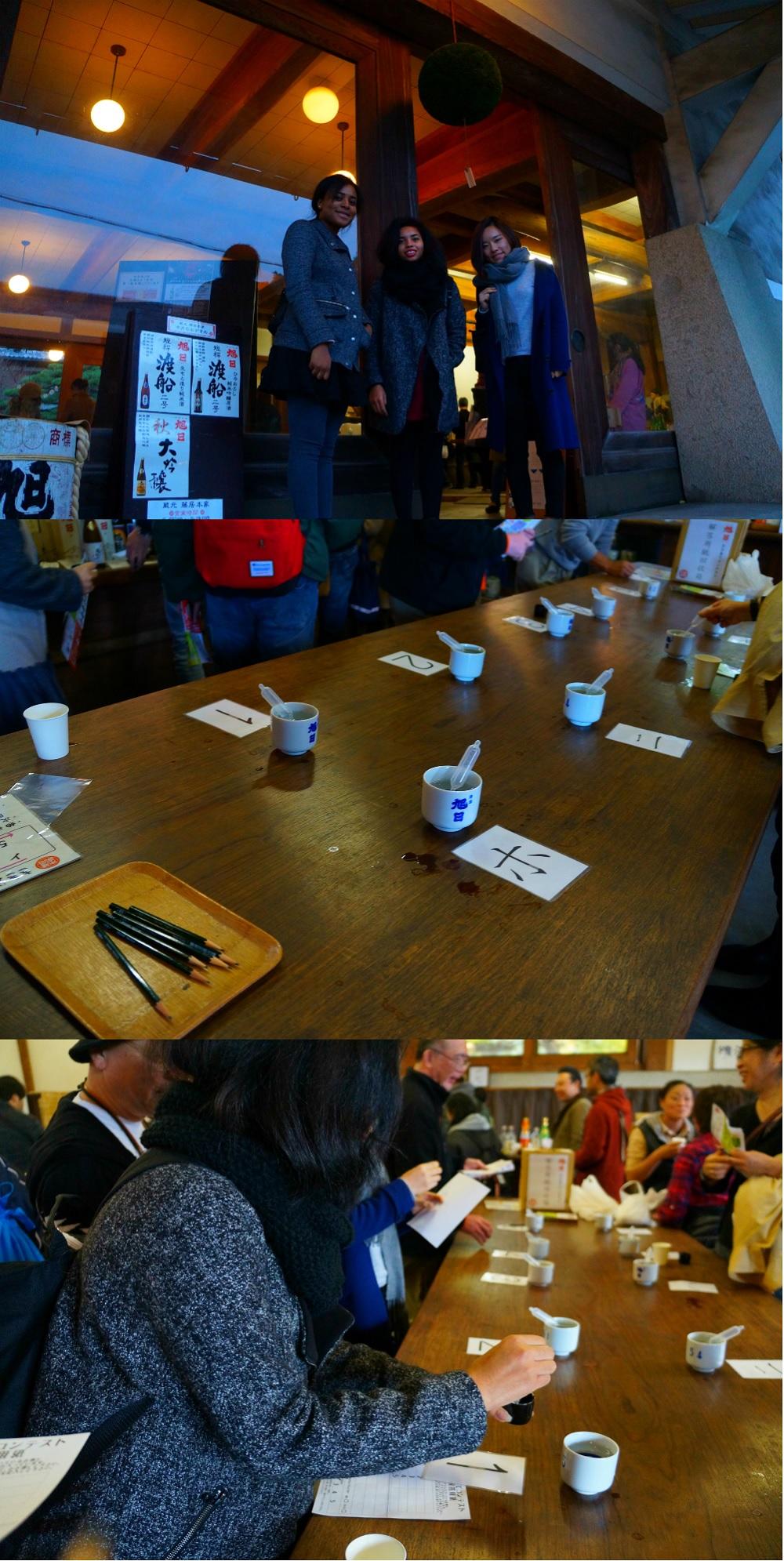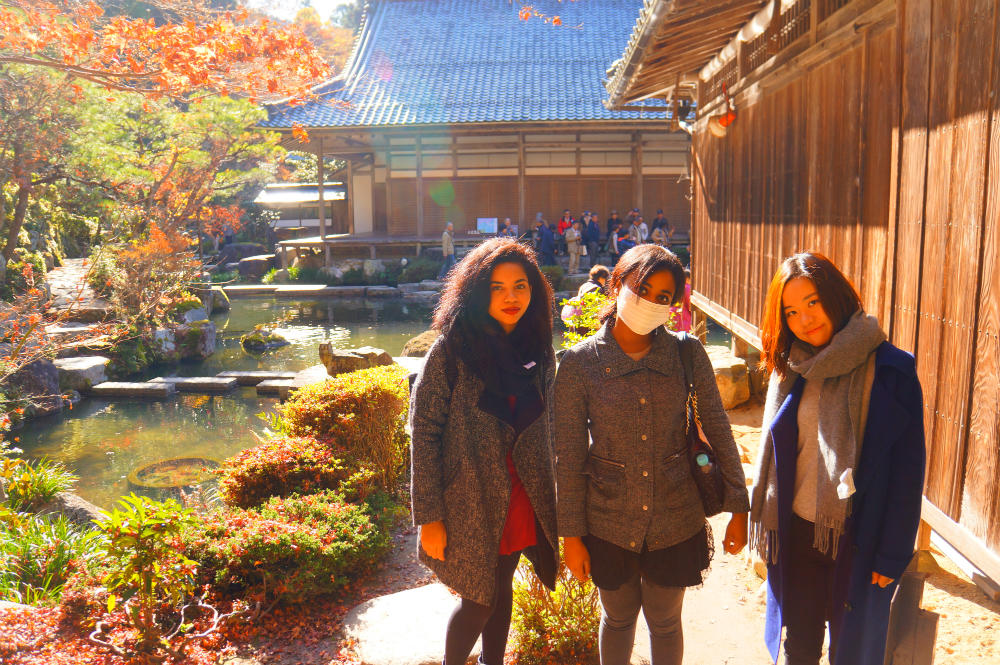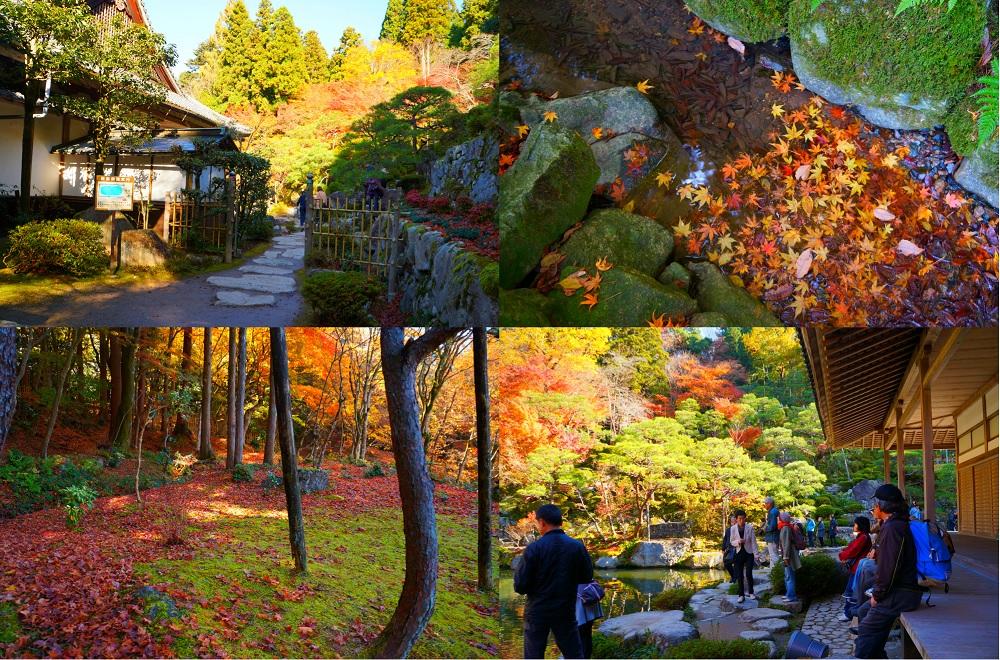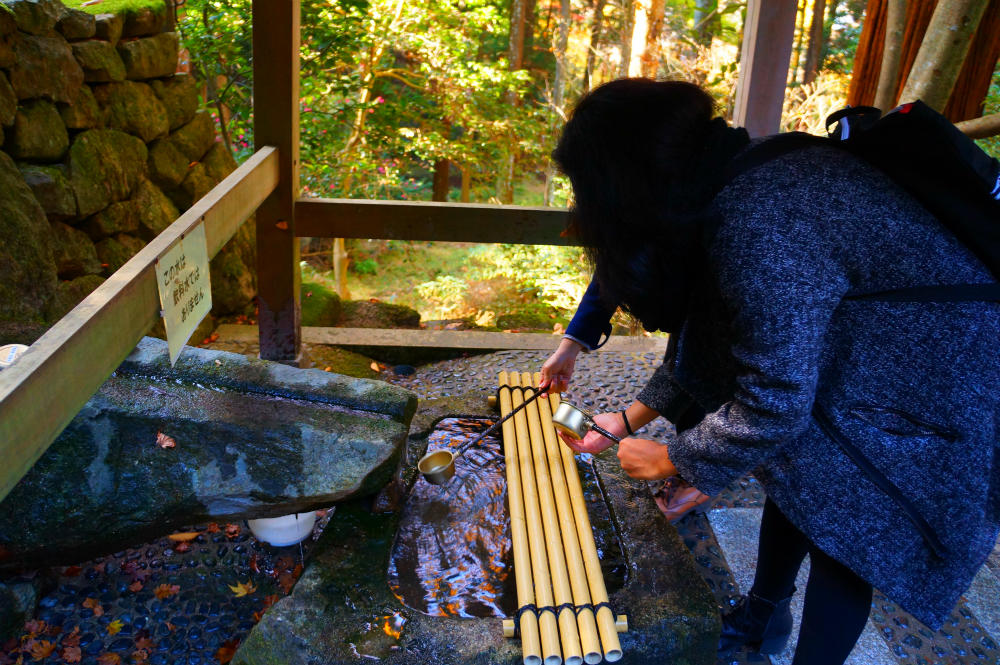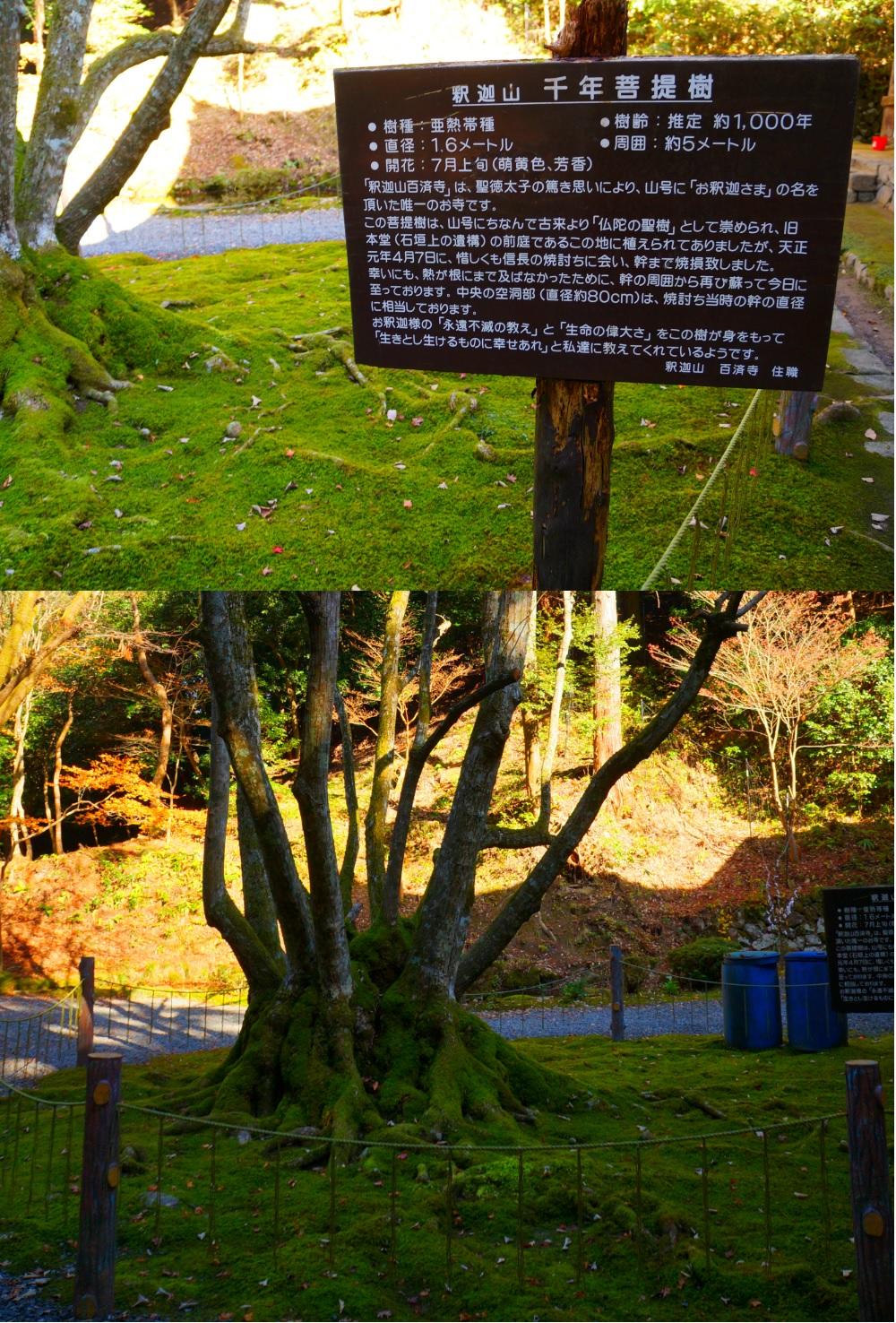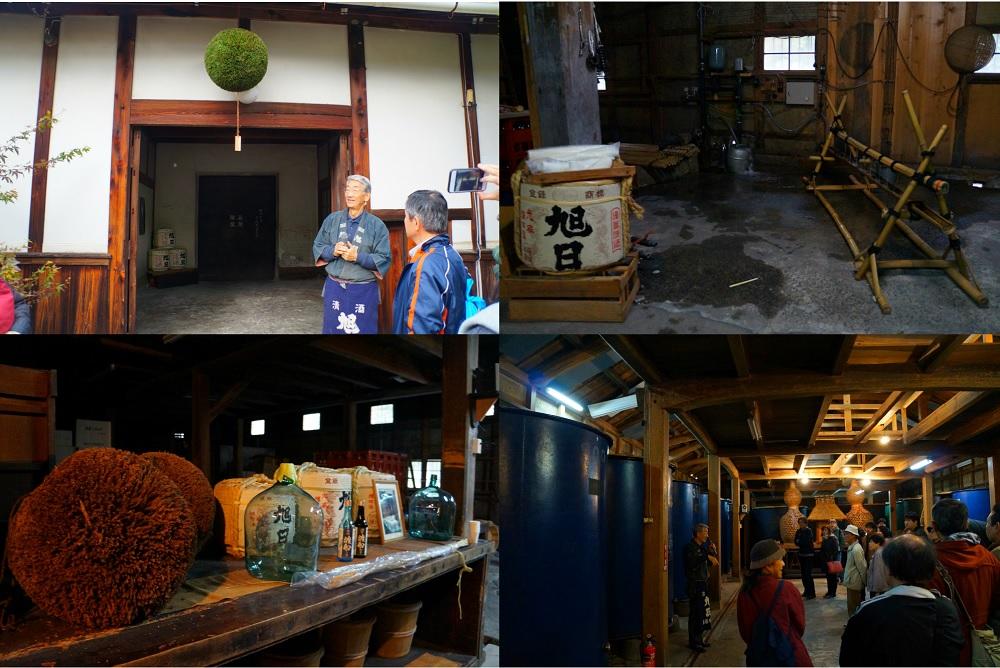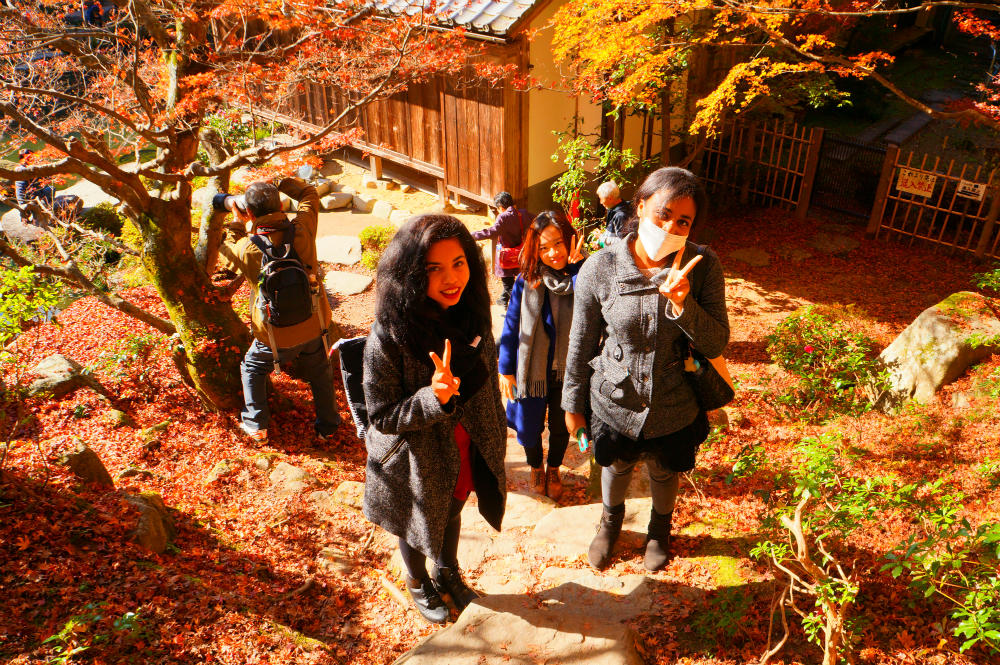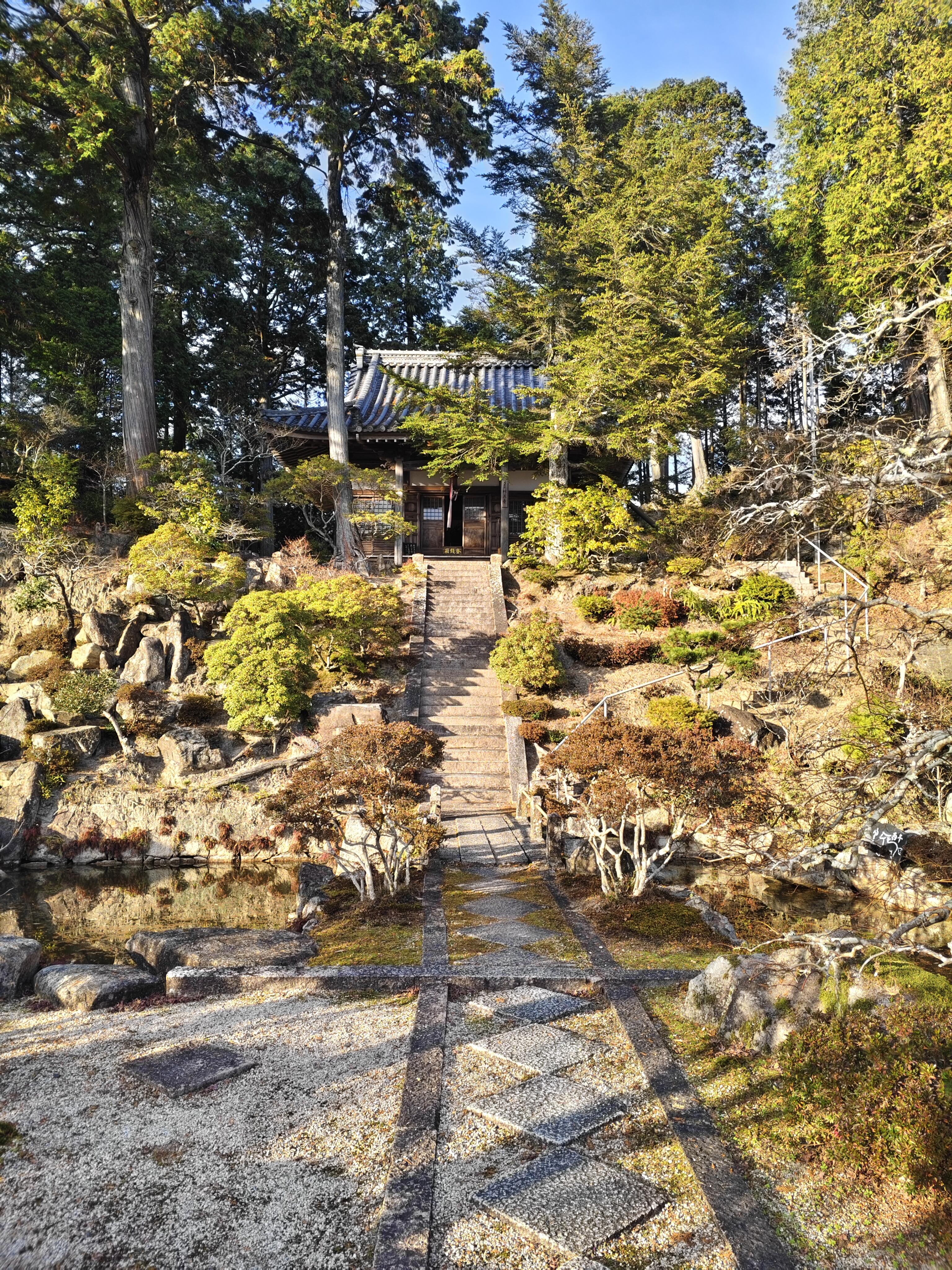 What kinds of scents do you all like?
What kinds of scents do you all like?
Wouldn't it be wonderful if you were always surrounded by your favorite fragrance, making each day feel pleasant and enjoyable?
Today, I went all the way to Koka City to experience creating a customized fragrance of my own.
The place I visited was a temple called "明王寺" (Myooji).
It's difficult to get there by public transportation, so we went by car, and the road leading to Myooji felt truly mystical.
In our modern world, it's rare, but there was absolutely no sound except for birdsong. The temple is surrounded by fields, and if it had been spring or summer, I'm sure the soothing scenery would have been even more gentle on the eyes.
When we arrived at the temple, the head priest came out to greet us.
Drawing from his wide range of knowledge and experience, he kindly explained the details of the activity in a very easy-to-understand way.
We learned about the base incense used for blending and the characteristics of each scent we would mix.
We enjoyed each fragrance one by one and blended them in our preferred proportions.
After placing the blended incense into a special cloth pouch and sealing it, the priest wrote any word we liked on it with a brush.

Since temples make me think of praying for peace, I asked him to write "World Peace."
He then stamped it with his seal, making it feel almost like a scented version of a temple stamp.
Finally, we chose a cloth bag with a design we liked, placed the incense pouch inside, and it was complete.
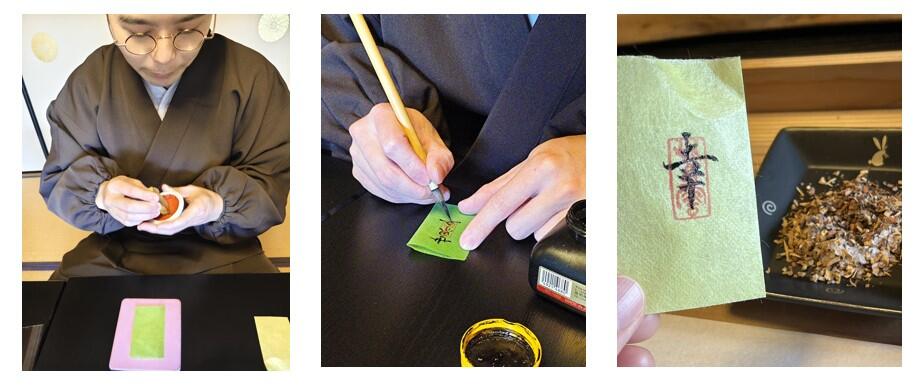
In our daily lives, we are constantly busy working amid noise and chaos.
By the time we head home after work, we may be stressed or completely exhausted.
During this experience at Myooji Temple, I felt healed by the fragrance, opened my heart thanks to the priest's warm and friendly personality, and regained a sense of calm through the surrounding stillness of the temple.
It truly felt like "mindfulness," experienced in Koka City, Shiga Prefecture.
Access to Myooji Temple
Address
1972 Iso-o, Konan-cho, Koka-shi, Shiga 520-3312, Japan
By Car
5 minutes by car from the Shin-Meishin Expressway Konan Interchange
Parking available (large buses also accommodated)

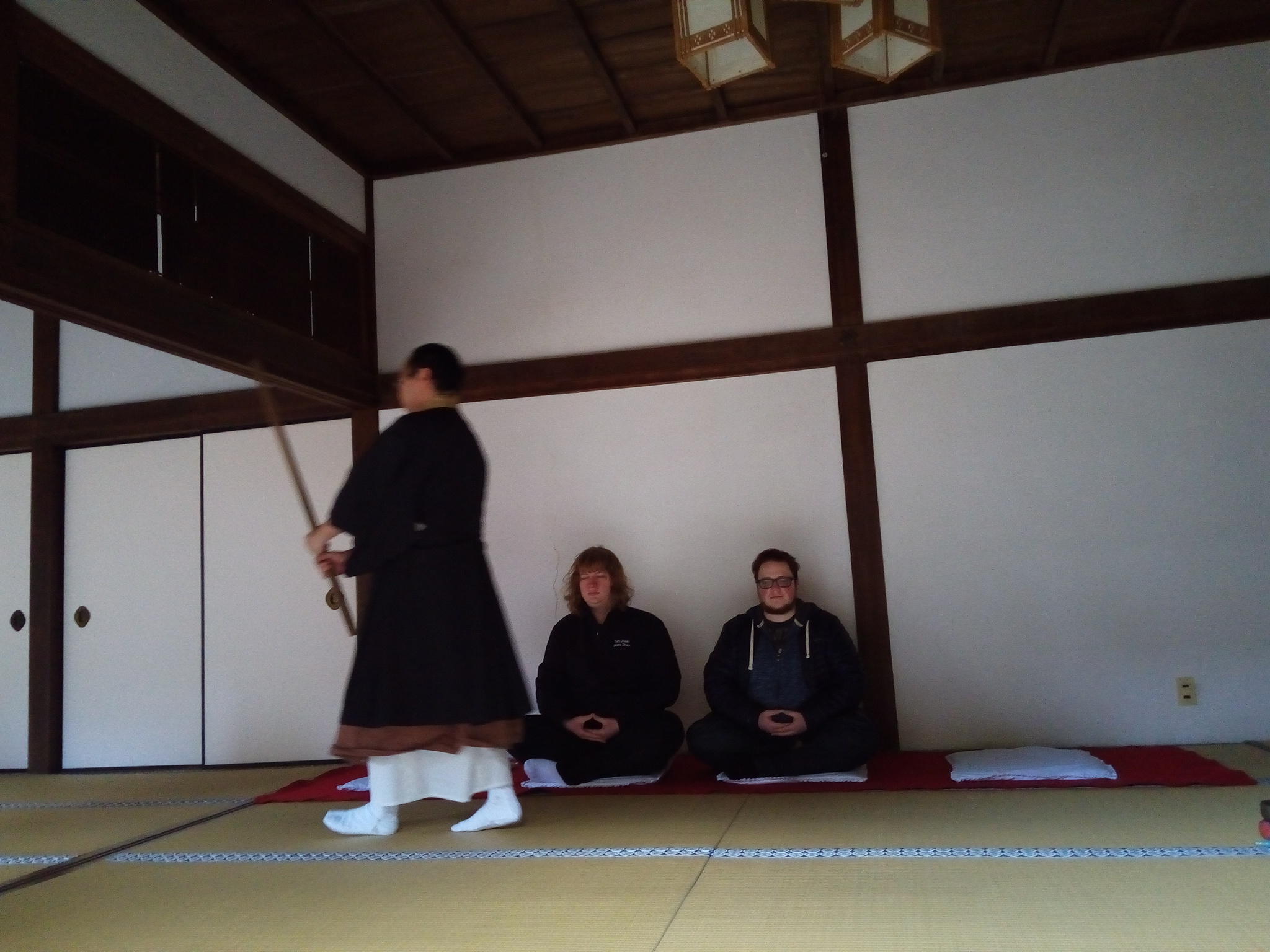 Next, we walked over to the Bimyo-ji Temple to make our own juzu, which is a bracelet of beads often used as a charm.
Next, we walked over to the Bimyo-ji Temple to make our own juzu, which is a bracelet of beads often used as a charm.